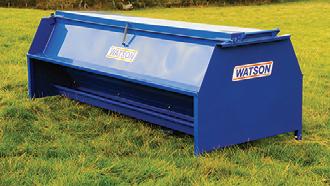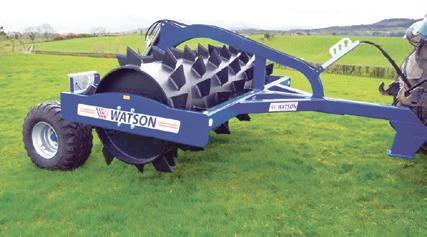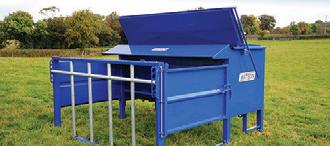

Making use of the latest technology to maximise genetic progress is key to the success of the Blenkhorn family’s Limousin herd. Angela Calvert reports.



Making use of the latest technology to maximise genetic progress is key to the success of the Blenkhorn family’s Limousin herd. Angela Calvert reports.
The Elderberry herd of pedigree Limousins was established more than 20 years ago by Barry and Neil Blenkhorn and their parents, Paul and Sue, who farm 109 hectares (270 acres) at Willitoft, East Yorkshire.
The farm originally had a commercial Limousin-influenced suckler herd.
Starting in 2002, the pedigree herd was established using stock bought from prominent British breeders.
The family’s aim to have an elite health herd led them to France ,where high health stock is available and over the years this has proved to be the case.
The French bulls, Intrepide, Jac and Jupiter, laid the foundations for the herd.
Jupiter is still playing a part along with Elderberry Rocketman by Hamac, whose semen is no longer available, out of Faience, three times national French muscle champion, which was bought at eight years old from France.
The latest programme this month, will concentrate on homozygous polled sires originating from France to enhance the polled genetic pool after importing Tiago PP, a homozygous polled bull.
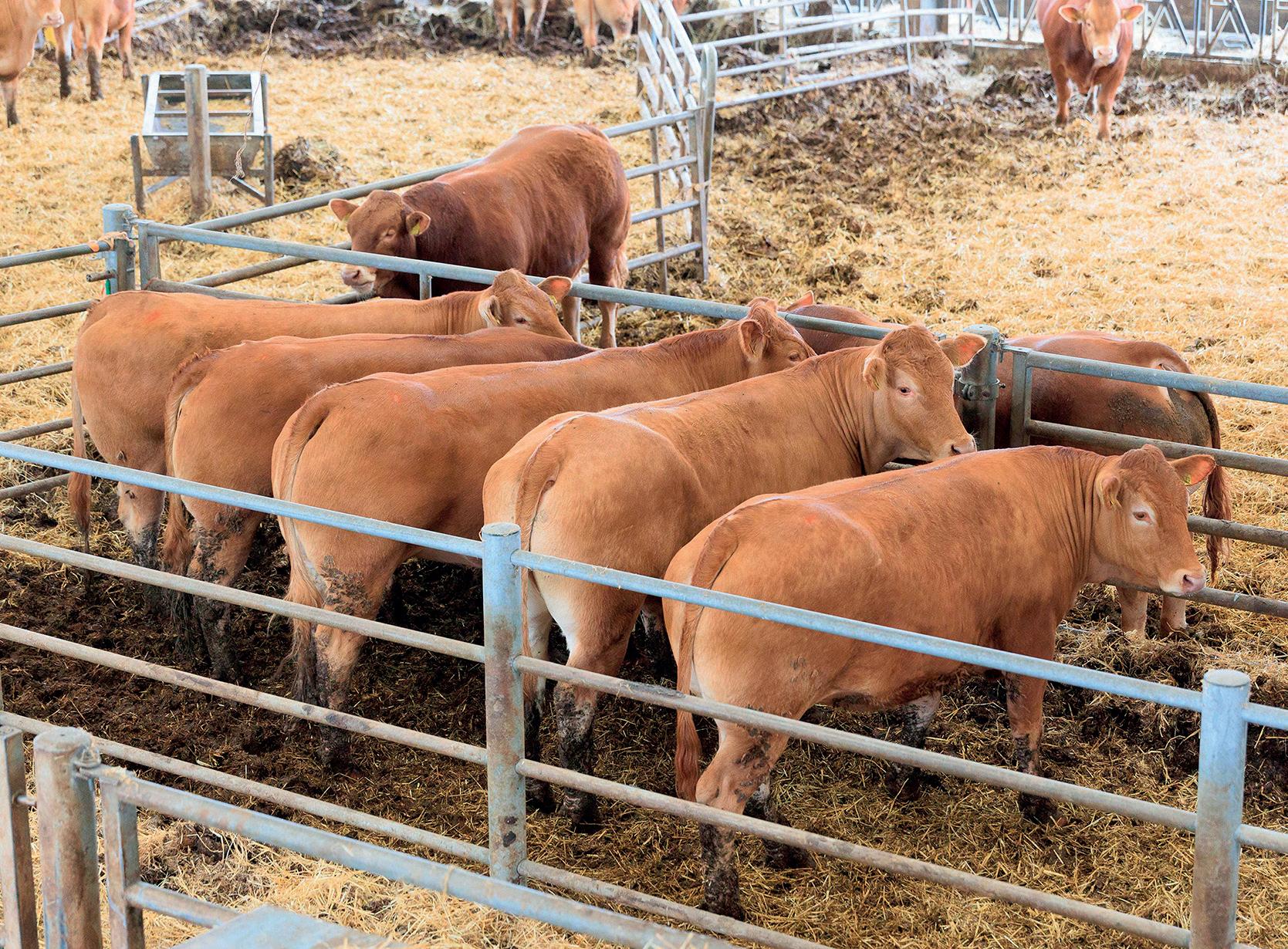

The focus has always been on maternal traits, with milk and calving ease along with a good carcase and a quiet temperament the most important attributes.
Paul says: “The F94L gene pre-

dominates with the aim of all the herd carrying two copies in the near future. We believe that the F94L gene carries the traits that we, and our customers, desire.”
The aim is to breed Limousin bulls and females which will meet commercial market demand and most of their breeding stock is sold direct from the farm with a high level of repeat customers.
The herd also has elite health status, which is another key selling point.
While artificial insemination(AI) and embryo transfer has been used in the past, more recently the family has been using in-vitro embryo production (IVP) to accelerate genetic progress. The IVP process produces embryos by collecting multiple unfertilised eggs, known as oocytes, from the donor cow.
The oocytes are fertilised in a lab (in-vitro), where they develop for a
We have been using IVP for two years or so now and have found it to be costeffective, much simpler and less invasive than the usual ET process
BARRY BLENKHORN
further seven days through a process known as culturing.
Once one-week-old, the embryos



can be implanted directly into recipient animals, or frozen to be stored for future use. IVP is a relatively new technique but is already widely used globally.


Overseas it now out competes older conventional multiple ovulation embryo transfer (MOET).
Barry says: “We have been using IVP for two years or so now and



have found it to be cost-effective and much simpler and less invasive than the usual ET process.
“We have already sold, as a calf, Elderberry Ultra, a Diablesse calf

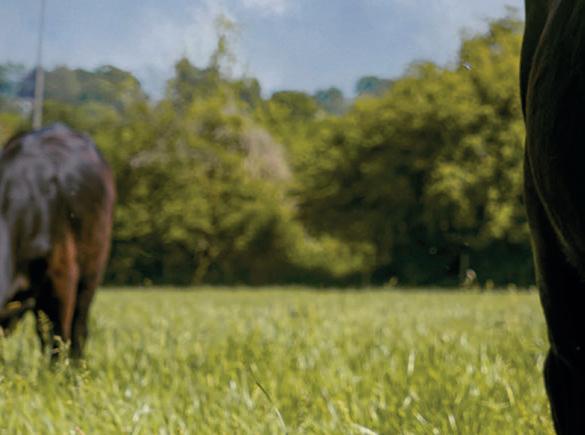
■ 109 hectares (270 acres) including 32ha (80 acres) of arable, with the remainder grass
■ Haylage produced for the equine market
■ 90 pedigree Limousin cows plus followers
■ Most progeny sold privately for breeding, with bulls sold at 16-18 months of age
■ Elite health status – accredited IBR, leptospirosis, BVD – Johne’s risk level 1, bTB4 area
■ Calving takes place between March-May and mid-July to end of September
■ All calves are weighed at birth, with 42kg being the average birthweight
by Hamac, the first bull we produced by this method, to the Swale pedigree herd.
“It is allowing us to quickly multiply the top 10% of the herd and we use the bottom 50% as recipients or as the situation dictates.”
The Blenkhorns have been working with AB Europe and vet, Tom


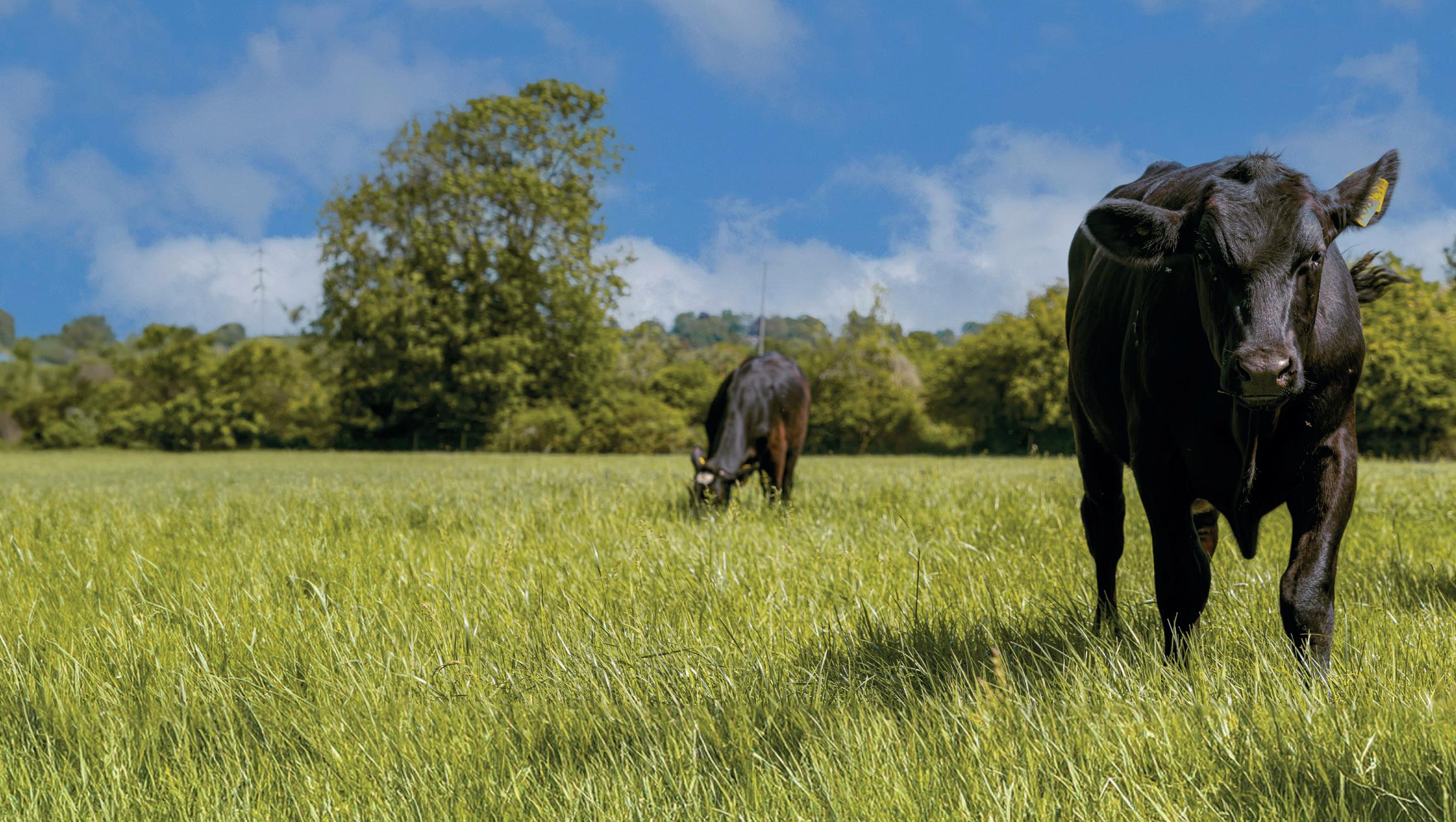

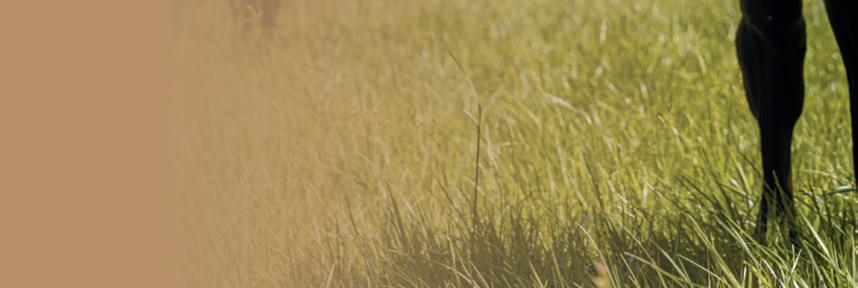










Ovum pick-up uses ultrasound to let the vet visualise the ovary and aspirate the follicles with a fine needle connected to a vacuum pump.
Wallbank, explains more about the procedure.
He says: “We generally use a short stimulation programme for donors which involves six hormone injections prior to collection.
“The number of embryos produced from stimulated donors is more consistent, where we average four quality embryos per collection.
“Collections can be carried out weekly or fortnightly depending on the programme and requires much less handling of the donor than traditional MOET.
“There is also the advantage of collecting from pregnant animals in their first trimester and nonpregnant animals rapidly returning to normal cycling activity for breeding. This means donor animals can
■ A larger number of offspring can be generated in a shorter time frame than using conventional methods
■ Process is non-surgical and requires limited programming other than epidural anaesthesia and a hormone programme
■ Ovum pick-up (OPU) collections (the stage in IVP where oocytes are collected from the multiple follicles on the ovary) can be performed weekly or fortnightly
■ Oocytes can be collected from both juvenile heifers, cows and from pregnant donors during the first trimester
AB Europe has a mobile lab in a van so technicians can work on-farm.


remain in their normal breeding season, while producing additional embryos for recipients.
“Recipients are synchronised to facilitate implantation of embryos seven days following heat.”
The unfertilised eggs (oocytes) are collected by a process known as ovum pick-up (OPU).
This uses ultrasound to create a cross-section image of the ovary allowing the vet to visualise and aspirate the follicles.
These follicles contain the eggs which are aspirated using a fine needle connected to a vacuum pump.
AB Europe has a mobile lab in a van where technicians can work on-site.
The oocytes are then taken to AB Europe’s main lab where they are fertilised using either fresh or fro-
■ The technique can be used on animals with a range of reproductive disorders
■ Less semen requirement for fertilisation, so multiple donors can be fertilised with a single straw
■ Ability to split donor oocytes to one or more sire per collection
■ A wide range of bulls can be used due to frequency of collection
■ On average, IVP embryos work out at a comparable cost to MOET, with cows producing five or more IVP embryos costing as little as £125-£150/embryo
zen semen. Advantages of IVP are that one straw of semen can be used to fertilise a number of oocytes from one or multiple donor cows.
Different sires can also be used across a single donor.
Before the embryos are implanted, the recipients are checked and ovary scanned to ensure that they are at the correct stage and quality for implantation.
On the Blenkhorn’s most recent collection day embryos were collected from two cows.
The first was Diablesse, a 15-yearold cow which was imported from France in 2008 and has been hugely successful within the herd. It is the dam of Elderberry Galahad, an AI sire sold to Dovea Genetics in Ireland and now offered by Cogent Signature Beef.
The other was Elderberry Juliette, a 10-year-old cow which bred the herd’s top price bull.
They also had 15 recipients lined up which had been on a sychronisation programme and were ready to
EMBRYO VITRIFICATION VITRIFICATION is an improved embryo freezing technique and is the gold standard method used in human IVF. AB Europe offers the technique for storage of cattle IVP embryos, where an increase in overall recipient hold rate is seen compared with other more conventional freezing techniques.
be implanted with embryos which had been produced from a previous collection and frozen.
Prior to this visit, the Blenkhorns had collected embryos four times resulting in 98 majority grade one embryos.
They have implanted 29 fresh embryos with a 55% pregnancy rate and 15 frozen embryos with a 50% pregnancy rate.
Barry says: “The most recent implants resulted in 10 pregnancies from the 12 implanted, which is very pleasing and brings AB Europe’s success rate for us to over 70% this year.”
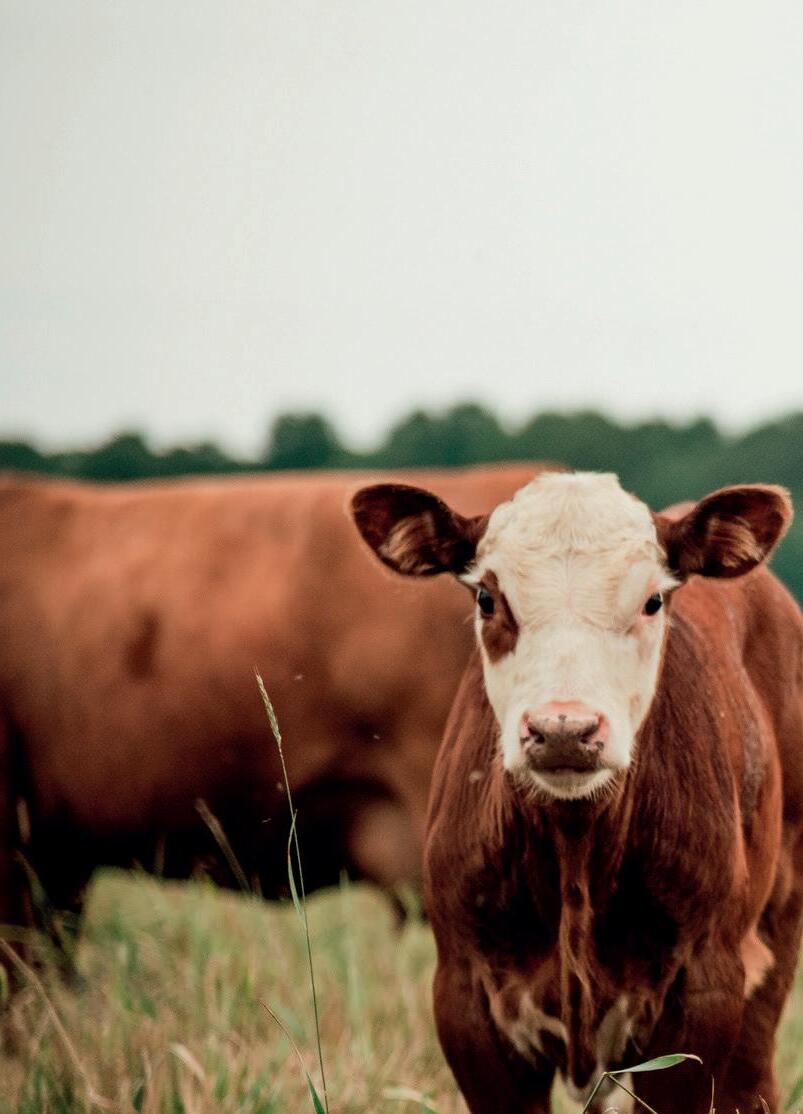
Complete
• Get clear, actionable scoring on 17 maternal, performance, and carcass traits
Simplified
• Production, maternal, and terminal selection index options help with multi-trait selection
Organised
• Powerful Encompass platform assists in data visualization
Igenity® Beef
Breeds supported: Angus, Red Angus, Simmental, Hereford, Limousin, Charolais, or Gelbvieh descent.
Metabolic profiling is fairly commonplace for dairy herds, but it is not widely undertaken in UK suckler herds. Where it is conducted, testing is usually confined to the pre-calving period, says Dr Lorna MacPherson, of SAC Consulting.
The study, which was aimed at helping producers to improve herd nutritional status around calving time and subsequent fertility performance, analysed blood samples from 15 cows from each participating herd in the four weeks before and after calving.
The trial looked at a range of factors, including non-esterified fatty acids, urea, magnesium, phosphorus and iodine, with the results from both production stages highlighting energy imbalances as well as protein and magnesium deficiencies.
“The post-calving results showed a slight improvement compared with pre-calving,” says Dr MacPherson, who managed the project alongside her colleague, nutritionist Karen Stewart.
“The findings gave producers an opportunity for corrective action, with some of the participants incorporating a metabolic testing programme into their management policies. While the trial was limited to spring-calving suckler herds, the results are also relevant to autumncalving herds.”
Pre-calving, more than 60% of the cows tested were in negative energy balance, with half of the animals short of dietary protein and one-third showing a magnesium deficiency. Post-calving, 37% were found to be at below optimum energy status, while one-fifth were short of dietary protein and one-quarter of the cows were deficient in magnesium.
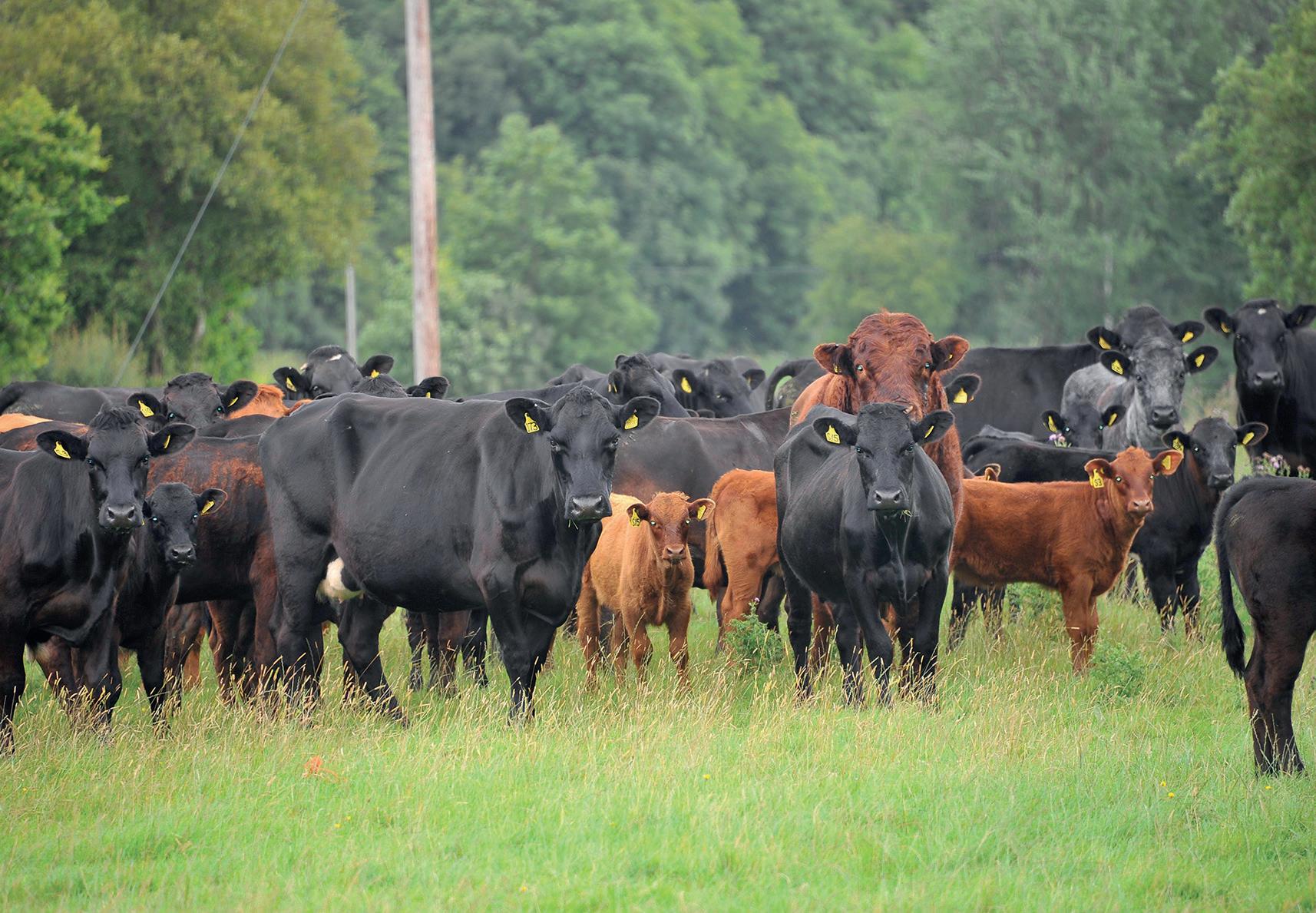
The majority of producers in the study found some useful pointers for enhancing their herd performance in terms of calving results and fertility
DR LORNA MACPHERSON
A study has confirmed that metabolic blood profiling is a useful tool to assess nutritional status at key production times.

A metabolic blood profiling study across a dozen spring-calving suckler herds in Scotland uncovered problems at the precalving and post-calving stages. Farmers Guardian reports.
Dr MacPherson adds: “The trial monitored the cows through to pregnancy diagnosis and 95% were confirmed in-calf. This was positive news, but it could be the result of producers taking corrective action to improve their herds’ nutritional status where issues had been flagged up. Therefore, it was very difficult to establish a clear link between nutritional status over the calving period and future fertility performance.
“Some farms with cows whose results fell below acceptable levels implemented a series of changes.
“Magnesium deficiencies were tackled by changing the mineral supplementation policy through moving to a mix with a higher magnesium content, or by increasing the feeding rate. Rations were analysed and protein content was lifted, if necessary, while on one unit the feed troughs were modified in an effort to improve feed intakes.
“Better quality silage or extra concentrate feed were offered in the post-calving period for herds struggling with energy balance problems and thin cows. The goal was to improve energy status and help meet body condition score targets at bulling time.”
Forage quality also came under scrutiny.
“Several producers made efforts
to make higher quality silage, especially in relation to protein content. The silage was also tested in the run-up to calving to check for adequate protein levels,” she says.
Some of the participants had not fully recognised the importance of adequate magnesium in the diet and were unaware of the recommended supplementation levels.
Dr MacPherson says: “Magnesium supports the hormones associated with mobilising calcium from bones and increasing calcium absorption from the gut. Another role is to facilitate muscle function and muscle contractions during birth.
“Low magnesium levels can lead to slow calvings and retained cleansings. In turn, protracted calvings can result in weak calves at birth and that can limit colostrum intakes.
“In addition, poor muscle tone can affect muscle mobility and rumen contractions, reducing dry matter intakes and leading to other health problems.
“The recommended magnesium intake per cow from the overall ration is 20-30g/day, with the upper limit the target for lactating cows. The allowance should be increased to 3040g/day on farms where grazing and forage typically have a high potassi-
um content of 2-3%, because it can reduce magnesium absorption.
“Producers who are interested in herd metabolic profiling should select a minimum of six cows.
“The best time to test is in late pregnancy, ideally within a month of calving. A second test could be taken two to three weeks post-calving. The cows should have been given about a fortnight to adapt to any dietary changes, with the silage analysed and the total ration assessed, for an overall interpretation of the results. Any restricted access to feed in the 24 hours before testing will reduce accuracy,” she adds.
The study confirmed that metabolic blood profiling is a useful tool to assess nutritional status at key production times.
“The majority of producers in the study found some useful pointers for enhancing their herd performance in terms of calving results and fertility. It is not easy to pinpoint an exact return on investment for metabolic profiling in suckler herds, but poor fertility, assisted calvings and weak calves will have an unwanted impact on business profitability,” says Dr MacPherson.
MORE INFORMATION
The study was supported by the Scottish Government’s Knowledge Transfer and Innovation Fund.
























In all beef systems, a better understanding of the genetic make-up of animals can be the foundation of more profitable production. Farmers Guardian reports.
Sharon Watkinson, business development executive at Neogen, urges producers to embrace genomic testing to help drive efficiencies.
She says: “Genomics is increasingly used in dairy herds to determine the best genetics to maximise herd efficiencies and control costs. The same technology can be used to deliver benefits to commercial beef farmers, whatever their production system.”
She says that genomics enables producers to understand the DNA of an animal, and this allows them to really assess how good the animal will be and manage it accordingly.
“In every herd there is a significant range in genetic potential and successfully identifying the best animals will be crucial to profitability. Genomic testing takes the guesswork out of which animals to breed from or rear by giving a better picture of maternal, carcase and performance traits, leading to increased efficiency and higher margins,” she says.
“Genomic testing offers beef producers a valuable tool for gaining a deeper understanding of their cattle. By analysing an animal’s genetic make-up, producers can obtain insights into various traits.
“It is used by breeders to make selection decisions for breeding, management and meeting market requirements, but can be equally valuable for suckler producers and beef finishers.”
The test involves taking a tissue or hair sample. Tissue samples are preferable and can be done at the same time as ear tagging. This is also the ideal time to take the sample, as the sooner the data is obtained the sooner better-informed decisions can be made for the future of the herd.
The samples are analysed at Neogen’s Ayrshire laboratory, ensuring rapid turnaround and full traceability throughout the process. The test is designed for commercial producers of cross- and straight-bred cattle of Aberdeen-Angus, Gelbvieh, Here-

birth weight, calving ease, milk yield and stayability, which is a cow that has the potential to stay in the herd for six years.
In every herd there is a significant range in genetic potential, and successfully identifying the best animals will be crucial to profitability
SHARON WATKINSON
ford, Limousin, Maine-Anjou, Red Angus, Shorthorn, and Simmental descent.
Ms Watkinson says: “Data from the Neogen Igenity test is provided as a simple one-10 score for the 17 most commercially important maternal, growth and carcase traits, where 10 is a strong expression of the trait. Genomics is a more accurate way to understand the potential of individual animals to inform decision-making.”
Maternal traits reported include
Ms Watkinson adds these traits can lead to better decisions being made for potential replacements in suckler herds, breeding a more efficient cow and ensuring fast-growing calves with excellent carcase characteristics.
For growing animals, data is provided on genetic potential for weaning weight, average daily gain and yearling weight, while carcase traits include marbling, rib eye area, fat thickness, tenderness and hot carcase weight.
Ms Watkinson says: “The results allow suckler producers to identify females with better genetic merit to produce higher quality calves and to identify those used to produce replacements to improve herd merit. It can also improve decision-making regarding potential bulls to use.
“For calf rearers and finishers, the data can help identify calves to grow on and those to sell.
“For calves retained, it will allow animals to be grouped and fed based on the growth rate and carcase traits,
possibly aimed at different markets. For the dairy farmer, once the selection of heifers to breed to dairy has been made, the testing is a tool to look at the females producing beef calves.
“For the calf rearer, a genomic test will allow selection of calves with better genetic potential, which will be essential for growth, classification and unit throughput, as well as being able to provide the breed make-up of the animal for traceability.
“For calf rearers, buying genomically tested dairy beef crosses will offer a commercial edge, while for a dairy producer perhaps producing 70% of calves as beef crosses, the benefit will be in offering a more valuable animal.
“For integrated systems, genomic testing can increase efficiency from calf to processor.”
Increasing processor demands mean that producers must refine management approaches, starting with a more complete understanding of the cattle on-farm.
Beef genomic testing has the potential to help producers make better-informed decisions to improve performance and the overall efficiency of the system.
Some 1,500 cattle are sold annually from Castellior, the Jones family’s unit, which is fully self-sufficient in livestock feed and bedding.
They operate a rapid turnaround system for cattle finishing, buying-in dairy cross steers at 16-26 months old and selling at 22-28 months. All the ration ingredients are grown onsite and field operations are carried out in-house.
The total mixed ration (TMR) is based on two ‘rocket fuel’ silages, says Dylan Jones, who farms in partnership with his father Wyn on the island of Anglesey. One comprises high-protein and Italian ryegrass, plus red clover, while the other is a single-species red clover.
These are combined in a TMR with crimped barley and crimped peas, along with haylage. On average, 450to 500-head are housed throughout the year on straw, with some grazed from March to October.
Breedr precision livestock management software is used to manage herd performance and monitor cattle growth rates. The system is based on achieving an average daily liveweight gain (DLWG) of 1.6-1.8kg to reach a finished liveweight of 610-650kg, with about 100-150 animals weighed every week. Electronic identification (EID) has not yet been adopted, although a range of visual data is included in the management ear tags.
Mr Jones says: “The software programme allows me to predict the margin for every animal.
“If a steer is achieving a DLWG of 1.6kg, for example, I may keep it on for a couple of weeks, while any animal with a figure lower than 1kg will be sold earlier rather than later.
“The figures will also indicate


whether the diet needs to be tweaked.
The management tag data is very useful. Each steer has a number and the tag has a notch to indicate whether it is farm assured and/or is by a named sire.
“I have delayed a move to EID be-
cause it is expected to become compulsory quite soon. The current system works well and I do not want to invest now only to have to possibly switch in the future.
“In addition, the EID tags are priced at £6-£7 apiece, and that
would be a significant cost given the high throughput of cattle.”
The business has focused on steers for the past decade.
Mr Jones says: “The species that are grown for the TMR fit in with the self-sufficiency policy for the business,


■ The farm covers 324 hectares (800 acres), with 243ha (600 acres) owned
■ The rotation includes 20ha (49 acres) of peas and 137ha (330 acres) of barley
■ Some 85% of cattle are purchased at the local auction mart
■ Five annual cuts of clamped silage are taken across 263ha (650 acres)
and in turn these crops are best suited to feeding steers. The diet is high in starch and heifers would tend to lay down fat, rather than achieving muscle growth. They would not produce the same annual number of kilos of meat output, and extra cattle would be needed to make the same income.”
The clamped silage is made from a two- to three-year ley mix designed for catch cropping. Meanwhile, the red clover silage is baled.
“It is made into bales for flexibility and accuracy, so that bales can be added or removed from the TMR with ease,” says Mr Jones, who is the third generation on the farm.
“I have been asked whether a high red clover inclusion in the diet increases the risk of bloat, but it is not a problem at the used rate, especially as the cattle are in the late stages of finishing. They are less vulnerable compared with youngstock.
“I am careful to avoid over-feeding, however, because an excess of dietary protein can lead to digestive problems, including loose dung. If I do make a mistake, it will take about a fortnight to get back on track in terms of weight gain.”
and red clover bales are made from 9ha (20 acres)
■ The baled red clover contains 38% dry matter and 21-22% protein, with an ME of 12MJ/kg DM
■ Dylan and Wyn are 2024 British Grassland Society ‘Grassland Farmer of the Year’ finalists
■ The business employs two full-time and two part-time staff
The single-species red clover is grown for three years, with barley used as a break crop.
“There are no specific requirements for growing red clover and, like other crops, it needs a pH of 6.5-7, so regular lime applications are important,” he says.
“I have tried min-till establishment, but the clover roots stayed too close to the surface. The best way that I have found is to ensure that weeds are under control and incorporate plenty of farmyard manure [FYM] in the seedbed at the ploughing stage.
“I have reached my aim of producing 30 tonnes/acre of red clover this season, and it has been a good growing year for forage crops in general.
“In an average year, I would expect about 26t/acre. The key is to cut the crop when 20% of the plants are in flower.
“If harvesting is left any later, they will become stemmy, with a decline in feed value. Roughly 10-12cm of cover is left behind after cutting to encourage regeneration.”
Two barley crops have been harvested within 12 months this year.
Mr Jones says: “The winter barley was cut on July 1 and it was reseeded two weeks later with a spring barley


The total mixed ration is based on two silages, one comprising high-protein and Italian ryegrass plus red clover, while another is a single-species red clover.

and red clover mix for wholecrop, which was harvested on September 16 and yielded 16.8 freshweight t/hectare. It was an experiment to boost forage clamp stocks and it has made good use of the land.”
The large tonnage of FYM produced by up to 700-head of winterhoused cattle gives huge savings on purchased fertiliser. First and second cuts receive no chemical nitrogen, with 120kg/ha applied for third and fourth cuts.
Mr Jones, who is committed to reducing the farm’s carbon footprint, makes no apologies for extensive use of the plough for FYM incorporation and seedbed preparation.
He says: “FYM improves soil organic matter levels and promotes good soil health. In my view, this offsets any perceived detrimental effect on carbon sequestration from ploughing.
“I started monitoring the farm’s carbon status in 2016 in collaboration with Bangor University and Farming Connect. The farm’s current figure for 1kg of liveweight beef production is 3.9kg of carbon diox-
ide equivalent, while the average for beef finishers is about 18kg.
“The carbon footprint is kept to a minimum by using fast-growing, home-grown crops, combined with low N inputs.”
A set-stocking system is used for cattle grazing.
“It would be impractical to operate rotational grazing, mainly because the cattle do not stay on-farm long enough to become accustomed to electric fencing. Cattle are weighed before turnout at a stocking rate of 1.7 animals/acre.
“The batches are weighed again after six weeks to assess field performance, and the stocking rate may be adjusted to meet the target grazing weight gain of 1.2kg/head/day,” says Mr Jones.
All the cattle are sold to ABP Food Group, with about 70% falling into the target O+ and R category. The aim is for an even supply throughout the year.
He says: “I have established a good relationship with the buyer and the company takes all the cattle I can produce, while I always do my best to meet the occasional last-minute demand if the abattoir is short


The farm operates a rapid turnaround system for cattle finishing, buying-in dairy cross steers at 16-26 months old and selling at 22-28 months.
The species that are grown for the total mixed ration fit in with the self-sufficiency policy for the business, and in turn these crops are best suited to feeding steers
DYLAN JONES

in numbers, because the arrangement works both ways.”
Mr Jones and his wife, Siwan, have two sons, 13-year-old Bedwyr and 11-year-old Gwilym.
“I think that UK beef producers are in a competitive position, mostly because of the favourable climate for growing forage crops, and the current return on beef cattle production is acceptable. Part of my reason for trying to maintain a profitable business is to make sure that one or both of my sons will have an opportunity to get involved, if they wish, when they are older,” he adds.
A BATCH of 500-600 ewe lambs is purchased each autumn to act as a grassland management tool. They are sold the following August. The sheep are shorn twice, and their wool is composted in open heaps over winter. It is used as a base for the cattle shed bedding.
The wool, which contains about 14% nitrogen, is also valued as a fertiliser when it is ploughed in with farmyard manure in preparation for winter barley.













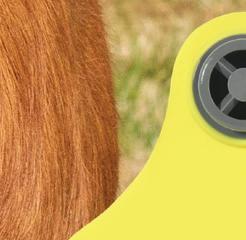







Babesia is a blood parasite which infects many animals and occasionally humans. In the UK, babesiosis in cattle, also known as red water fever, is the most significant disease. Farmers Guardian reports.
Babesiosis is caused by the infection of red blood cells by the single cell parasite, babesia. It is transmitted by ticks and, once in the bloodstream, it multiplies in red blood cells, causing them to burst.
As a result, haemoglobin, which is usually contained in red blood cells, enters the blood and, as the kidney cannot filter out this small protein, haemoglobin gets into the urine. Red-coloured urine is therefore a tell-tale sign of the disease.
The lifecycle of babesia involves both ticks and cattle. Infection can be passed from adult ticks to their offspring, allowing the disease to persist in the environment even without cattle being present.
Franz Brulisauer, SRUC veterinary centre manager, says: “The disease is rare except in known tick areas. It is particularly a concern in the south west of England. However, cases of red water are also now being reported in Scotland and Wales.

“Although the disease is often relatively mild, there is a significant impact on productivity and fertility in affected cattle. Clinical disease is seen most often in adult cattle as calves have innate immunity.
“Most at risk are animals which move from a region without babesia, to one where this blood parasite is endemic. Unfortunately, immunity is not lifelong and, in the absence of reinfection boosting the immune system, animals will become susceptible again. Clinical signs begin around two weeks after infection.”
Mr Brulisauer says: “Babesiosis is not necessarily lethal, but SRUC Veterinary Services has dealt with cases reported as sudden deaths without prior clinical signs. Interestingly, in one such case, the farmer noticed red urine pouring from the carcase when it was being lifted by a tractor.
“Typically, animals are described as dull, anorexic and/or anaemic,
The lifecycle of babesia involves both ticks and cattle.
Although the disease is often relatively mild, there is a significant impact on productivity in affected cattle
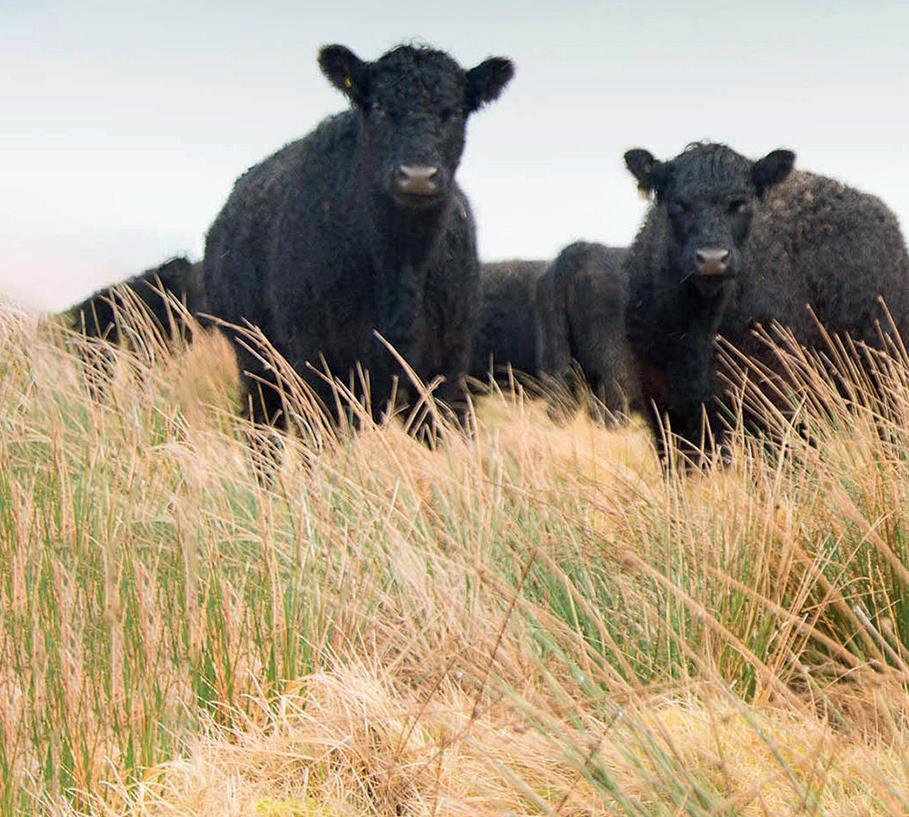

with weakness or recumbency. Some animals experienced weight loss, nervous signs and a starryeyed appearance. Babesiosis is potentially zoonotic, but human cases are thankfully rare.”
Although SRUC Veterinary Services has not diagnosed many cases, there has still been a noticeable increase in the numbers of babesiosis diagnoses in recent years. Most cases have been diagnosed between May and October, consistent with the period of highest tick activity. Cases, however, have also been recorded in winter, and January is the only month without diagnoses so far.
According to the Animal and Plant Health Agency (APHA) Scanning Surveillance Dashboard, which reports livestock disease in Great Britain, there were nine cases diagnosed in 2020, 47 in 2021 and 27 in both 2022 and 2023.
Mr Brulisauer says: “When interpreting scanning surveillance data, we must bear in mind how these data have been collected. These are selfselected samples, meaning it first takes a farmer to become concerned about the health of their stock to the point they get their vet involved. The vet then needs to decide that the clinical suspicion should be confirmed by either an APHA or SRUC lab.
“It is easy to see that once farmers and vets get used to seeing babesiosis in certain geographic areas, they will go straight to therapy and leave out the confirmation step when the clinical signs, in particular red urine, are noticed.
“It therefore seems fair to assume that even with plateauing cases year on year, babesiosis cases continue to be diagnosed in areas where farmers and vets may not commonly see the disease.”
The increase in Babesia is thought to have been caused by: ■ Susceptible, possibly recently purchased cattle going onto fields with infected ticks and becoming infected. ■ Changes in land use, notably
■ High fever, although sometimes animals can have normal or subnormal temperatures
■ Diarrhoea, which may be followed by constipation after around 36 hours
■ Red urine, due to haemoglobin produced from ruptured red blood cells, which becomes darker with time
■ Increased heart rate and weakness
■ Anorexia, dehydration, depression, lack of appetite and general lethargy
forestation, offer tick habitats and previously unexposed cattle get infected with babesia.
■ Wildlife moving infected ticks.
■ Climate change can improve conditions for ticks and alter tick distribution and period of tick activity. Furthermore, the length of the grazing season may increase, which in turn increases the risk period for exposure to ticks.
Diagnosis of babesiosis is based on clinical signs, history of exposure to tick-infested areas and laboratory tests. Blood smears can show up the parasite and a vet can take blood samples from live cases of suspected babesiosis. A post-mortem can confirm babesiosis and rule other differential diagnoses in or out.
Mild cases of babesiosis may recover without treatment, but more severe cases will require prompt veterinary attention. This is often best combined with a preventative treatment for the as yet unaffected cattle. It is worth noting that sheep are resistant to infection with babesia divergens, so could be used to graze high-risk fields, but in the absence of cattle, the

parasite can persist in ticks for at least two generations.
Controlling and preventing this disease is best made on an individual farm basis in consultation with your vet and can include the identification of risk areas and the prophylactic treatment of cattle about to be moved to a risk area. Tick control is advisable, however a vaccine is not yet available in the UK.
Mr Brulisauer adds: “Babesiosis remains a significant concern for cattle farmers in the UK, particularly in regions with high tick populations. The risk of exposure to other tick-borne diseases should also be considered and you need to speak with your vet about treatment and prevention suited to your farm.
“Effective management and control strategies are essential to minimise the impact of this disease on cattle health and productivity. Ongoing research and advancements in diagnostic and preventive measures continue to improve the outlook for managing babesiosis in the UK.”
TICKS and tick-borne diseases (TBDs) are of growing concern in the UK, with TBD outbreaks appearing in new areas, posing threats to livestock and public health.
In response to this issue, the Scottish Environment, Food and Agriculture Research Institutions Gateway funded an Innovative Knowledge Exchange workshop at Moredun Research Institute, Edinburgh, to identify best practice and produce industry guidelines for ticks and TBD control.
MORE INFORMATION
Visit: sefari.scot/blog/2024/09/05/ mastering-tick-managementcontrol-through-collaboration



















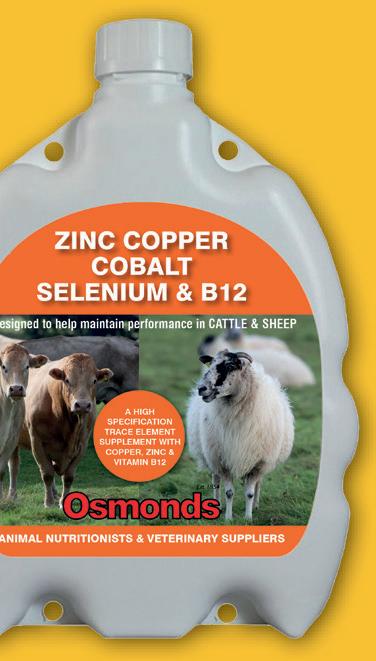
the McCornick family
Switching from dairy to pedigree beef and sheep was a change that suited the whole McCornick family – Martin and Emma and their daughters Gemma and Kate – all livestock enthusiasts who each play their part in the running of the business.
Gemma returned to work at home full-time nine years ago, after completing her applied animal science honours degree at SRUC Edinburgh, while Kate, who works in the Scottish Ambulance Service, helps out when she can and takes her holidays to fit around the show and sale calendar.
The team is currently preparing five Aberdeen-Angus bulls from their 100-cow McCornick herd for the upcoming Stirling bull sales. The Angus cows run alongside 12 pedigree Charolais cows and 350 breeding sheep, mainly Lairg-type North Country Cheviot ewes and some Beltex cross Texels, plus Gemma’s own 35-ewe Park Cheviot flock, Emma’s Hebrideans and a small flock of Roussins, which Martin’s late father, Peter, established about 30 years ago. Peter also founded the McCornick Charolais herd back in 1974, and bulls from it are often sold straight off the

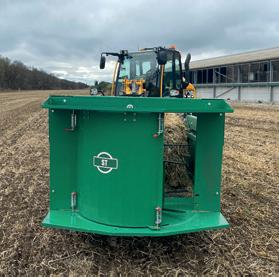
farm to regular customers, with their top price through the sale ring being the 10,000gns McCornick Fusion at Carlisle in 2011. Their best day with Charolais at Stirling was the May sale in 2019, when they secured the champion and reserve tickets with McCornick Nesquik, which went on to sell for 8,500gns, and McCornick Newyork, which made 6,500gns.
Initially, when the dairy cattle were sold off in 2000, the beef enterprise began with 200 Aberdeen-Angus cross cows, but the family’s liking for the Angus breed increased with the years and the herd has gradually transitioned to entirely pure-bred, pedigree cattle.
Martin says: “We went to see the Rawburn and Wedderlie herds and really liked that type of cattle. In 2006, we bought two heifers at the Border Blacks sale from Rawburn and Wedderlie, then a further eight draft cows from Rawburn. We have added a few more over the years, including Nether-
A major change in recent years has been the McCornicks’ purchase of Boreland Farm, which is just short of 243 hectares (600 acres).
We always try to take the best bulls forward to society sales, as it is a good showcase for the breed, but we do sell bulls at home too
MARTIN MCCORNICK
ton Kim F381, Wedderlie Evensorrel G411 and three families from the Halbeath herd – Kerry, Kitty and Pam.”
The McCornicks say they manage the pedigree cows the same way as they did the commercials, with them


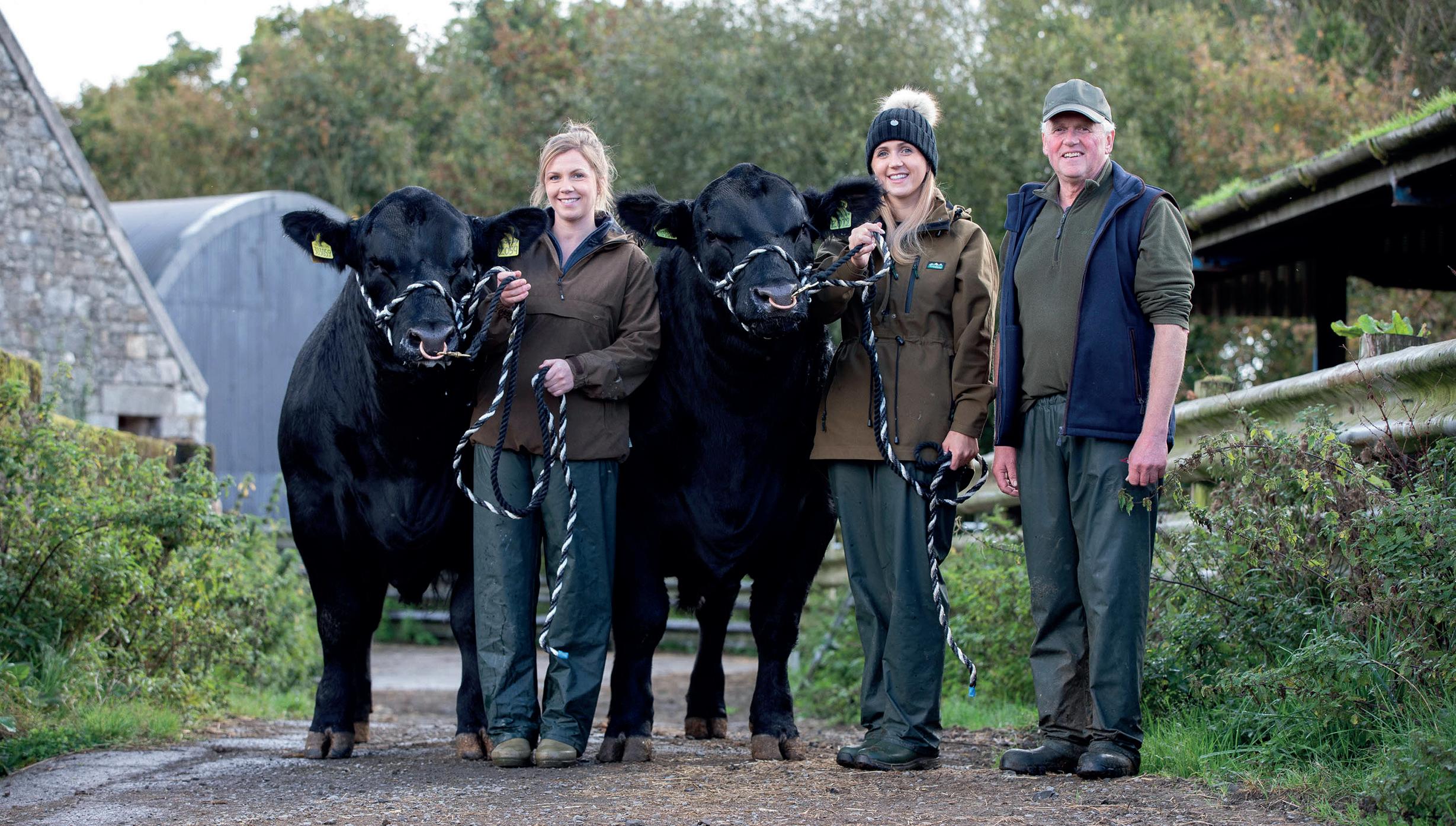
costing no more to keep by out-wintering them on rough hill ground surrounding a stone quarry, on straw, silage and minerals.
Martin says: “Going all pedigree really simplified the system for us. We are a closed herd now, breeding our own replacements, and any bulls not making the grade as a pedigree bull sell well fat at 13-15 months old. The pedigree Angus cows milk as well as any commercial. We calve all the heifers at two years old and put the bottom end of the herd to the Charolais bull. Calving outside reduces any disease issues and the Angus calves are always quick to get up and suck.”
A major change in recent years has been the McCornicks’ purchase of the farm, which is just short of 243 hectares (600 acres), from Clugston Estate, after being lifetime tenants since 1929. Martin says it was his father’s dream to own the farm one day and they finally got that opportunity in 2018, just as Peter sadly died.
Gemma says: “Grandpa knew it was happening before he died and it meant a great deal to him. He was always asking about the progress when we visited him in hospital. That said, he always treated the farm like
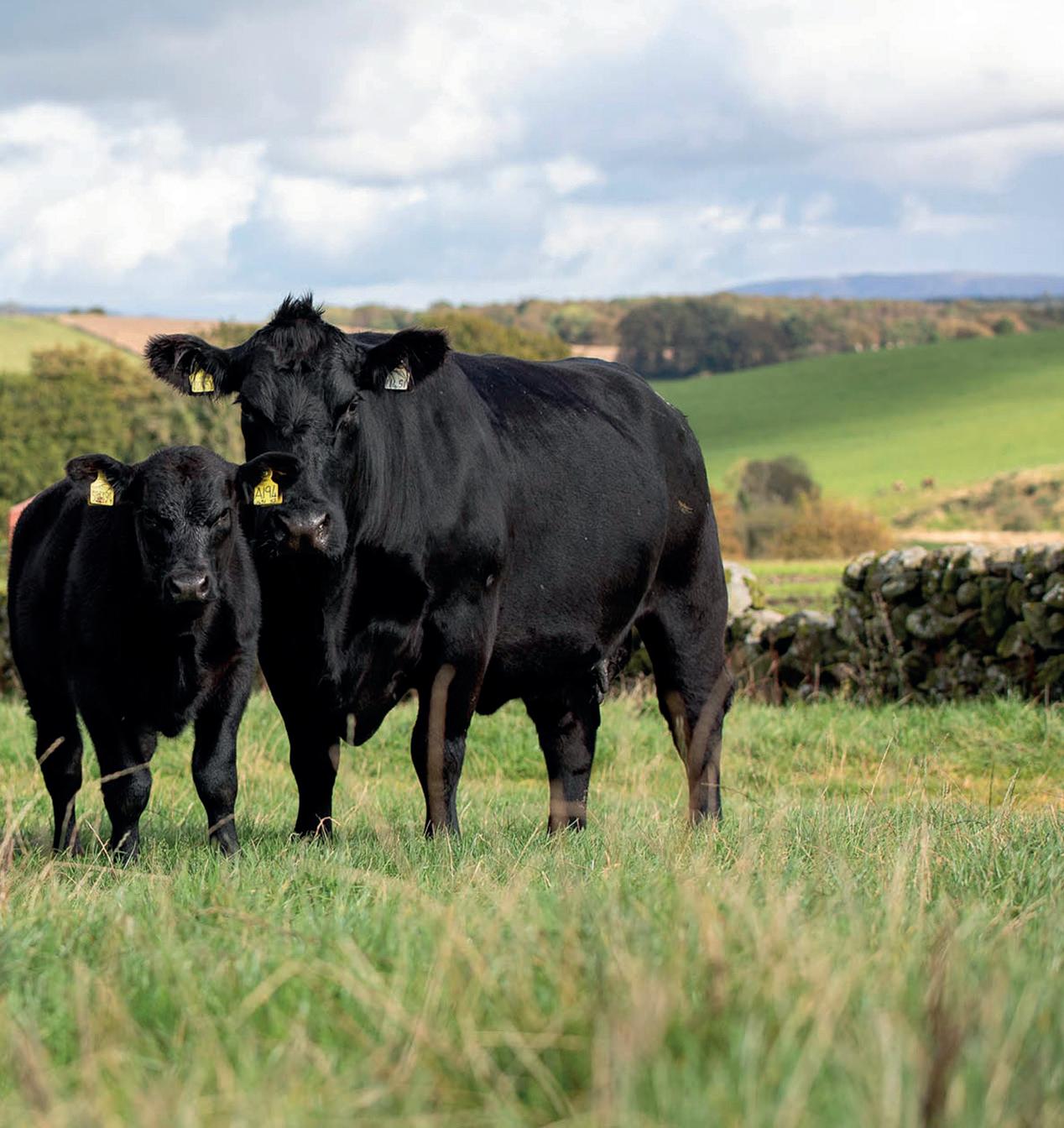
his own and he brought us up to respect it like that too.”
Since their acquisition, the McCornicks have worked on improving the steading to suit their system, replacing the 90-year-old hay shed and erecting
a new shed for young bulls, which now allows them to keep the young bulls in through the winter.
The cattle are out-wintered and all calve outside in spring. They remain in the age groups that they









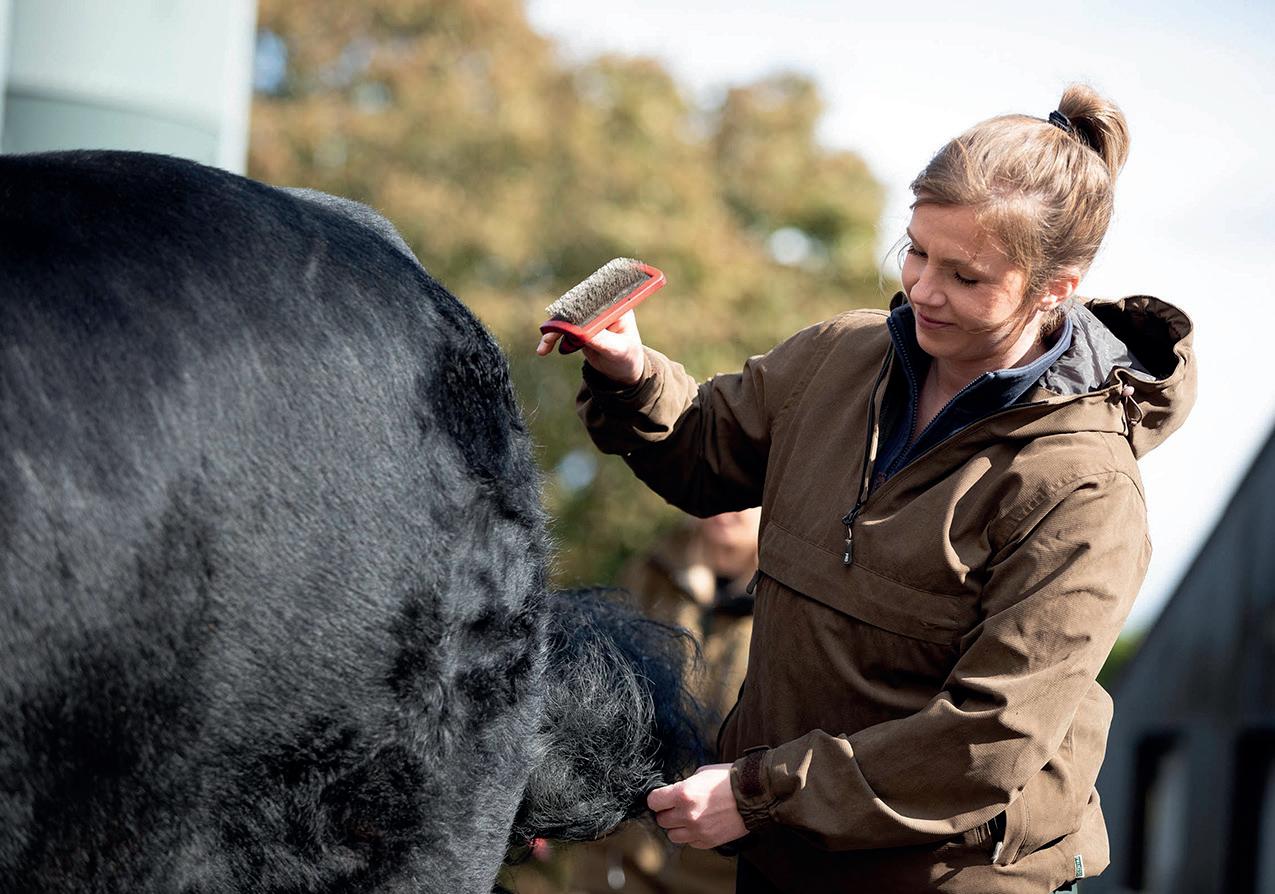
calve in until they are sorted into bulling groups.
Martin says: “We start introducing creep to the calves in July, until weaning time in November. At that point, the heifer calves and bullocks are wintered outside and the young bulls we will be bringing out for sale are wintered in the new shed. We always try to take

nine years ago.
the best bulls forward to society sales, as it is a good showcase for the breed, but we do sell bulls at home too.”
The McCornicks are particular when it comes to the type of cattle they breed. Because the cattle are run commercially and out-wintered on the hill, they want a moderate-sized cow, and good feet and legs are a must.






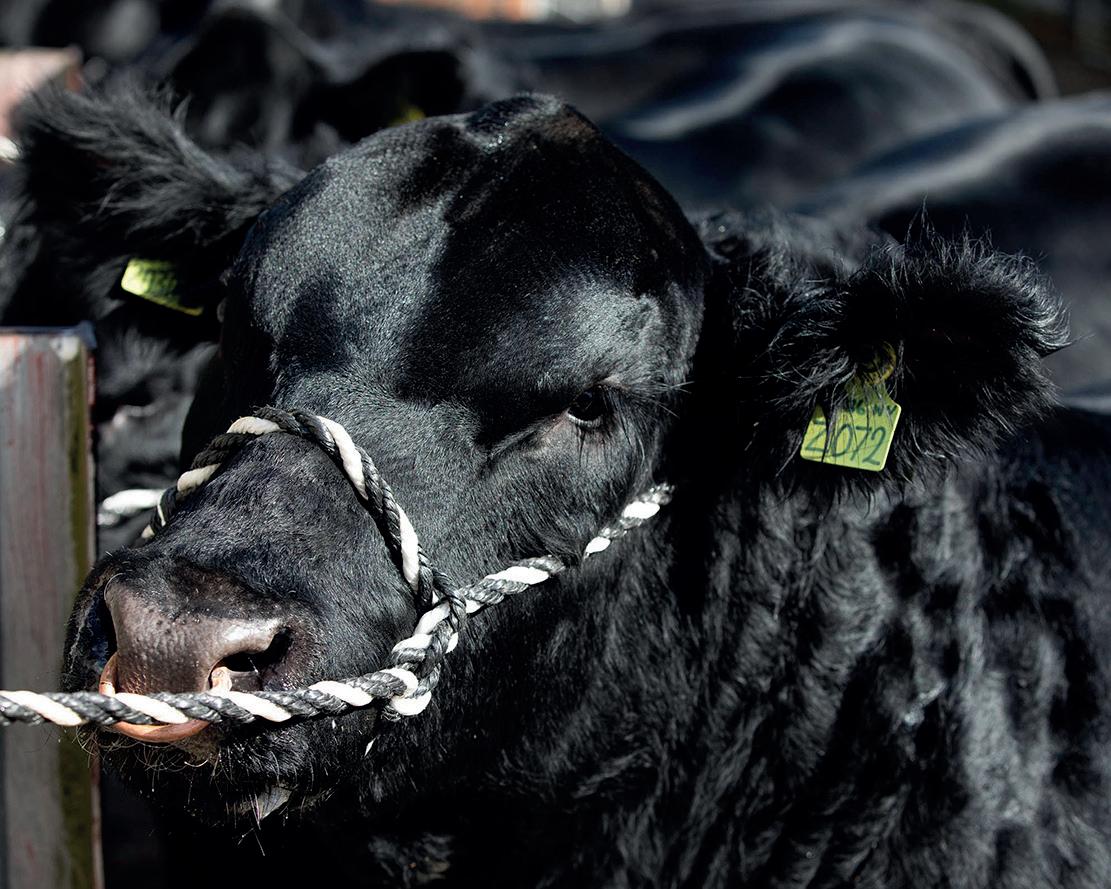
“People breed different types for different systems, but we are trying not to go to any extreme and ultimately keep the commercial buyer in mind. We have regular customers that come back and they are expecting good, sound, commercial bulls. Our system means the cattle cannot be pampered, so they must be hardy and easy fleshing,” Martin says.
When it comes to choosing a stock bull themselves, Gemma says it needs to catch the eye first and foremost.
She says: “We look for something with style and character, but it needs to have natural shape, enough bone to carry itself, square plates, with a wellset tail head and sound feet and legs. You definitely cannot go on figures alone.”








males too. At the Halbeath dispersal in 2013, the McCornicks bought two young bulls, Halbeath Pentagon and Halbeath Kitemark. Both proved good breeders, particularly Pentagon, which sired the herd’s top two prices to date. McCornick Destroyer sold for 11,000gns at Stirling in October 2017 and McCornick Evening Express also made 11,000gns at Stirling in October 2018.
Another stock bull worth a mention is Skaill Dino, bought at Stirling in 2015, which made a big impression on the herd and bred bulls that consistently sold between 6,500-8,500gns, including the champion at the February 2020 sale, McCornick Pathfinder, which made 7,500gns.















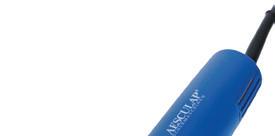


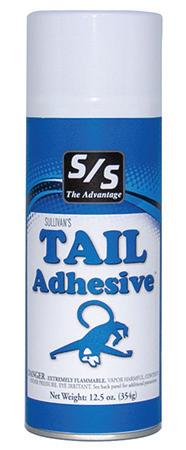



Some of those that have hit that mark and clicked successfully with the herd include Netherton Mr American, a son of the 30,000gns Netherton Missie A114, bought in 2007, which bred bulls to 7,000gns and impressive fe-
It was also sire of the family’s most successful show female to date, McCornick Keira U451, a granddaughter of one of the founding females, Netherton Kim F381, which won the breed championship at the Royal Highland Show in 2019, when the McCornicks debuted there as exhibitors.

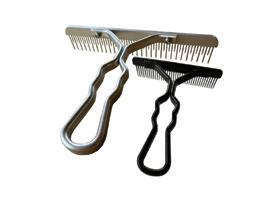



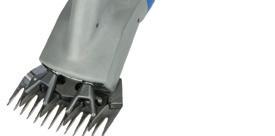



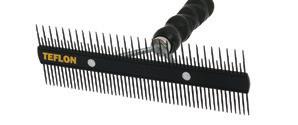












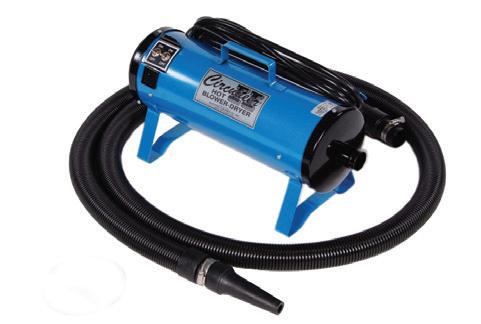

Kate McCornick, who works in the Scottish Ambulance Service, helps out on-farm when she can.



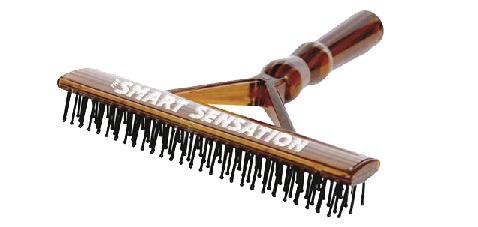

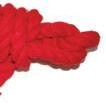



They also enjoy showing at the Agri-Expo event and have won the championship there with the young bull, McCornick Kerry’s Boy, a son of another successful show female, McCornick Kerry P000. Supporting local shows is also important and winning the champion of champions title at Wigtown with Keira and a calf at foot, Korker, was a particular highlight in 2023.
“Korker is one of the bulls heading to Stirling this month – further proof
that good show cows can also be good breeding cows,” says Martin.
“In fact, Keira was bulled three weeks after returning home from winning the Highland and calved a week after turning two years old.”
The McCornicks have often used home-bred bulls and one that they are especially pleased with is a full brother to Keira, McCornick Kaiser, which
bred a 6,500gns seller at Stirling in February and has another two sons destined for next February’s sale.
Four of the bulls heading to Stirling this month are sons of Wedderlie Valentine, a bull picked out of the yearling pen and bought privately.
The other bull in the team is the previously mentioned Korker, a son of McCornick Evening Express, which they bought back from Andrew Elliot in 2022. They sold another son of his,

McCornick Energy Z998, at the Carlisle sale in May for 7,000gns, to Graeme Massie, after winning a junior class at 14 months old.
With pedigree sheep and cattle, it is a busy sale season for the family and Gemma was delighted with the trade for her Park Cheviot shearlings at Lockerbie, selling up to £5,500. October is all about the bull sales though, with their five junior bulls heading to Stirling on October 20-21.


nited Auctions’ autumn bull sales will take place at Stirling Agricultural Centre on Sunday, October 20 and Monday, October 21, where 746 pedigree bulls and females will go under the hammer.
The two-day event will include the usual pedigree sales of AberdeenAngus, Simmental, Beef Shorthorn, Hereford, Limousin, Charolais and Salers, as well as six special sales and dispersals.
These consist of a production sale from the Tonley herd of Aberdeen-Angus from Neil A. Wattie and a reduction of the Morven herd of Aberdeen-Angus cattle from Neil F. Massie Jnr, both Aberdeenshire, plus the sale of all 2023-born in-calf heifers from the Skaill herd of pedigree Aberdeen-Angus cattle from Colin J. Davidson, Orkney, the final part of the dispersal of the Broombrae herd of Simmental cattle from Gordon L. Clark, Fife, a production sale from the Denizes Simmental herd of M.A. Barlow and Sons, Lancashire, and a complete herd sale of the Gordon herd of Beef Shorthorn cattle from Gordon Brooke Farming, Scottish Borders.

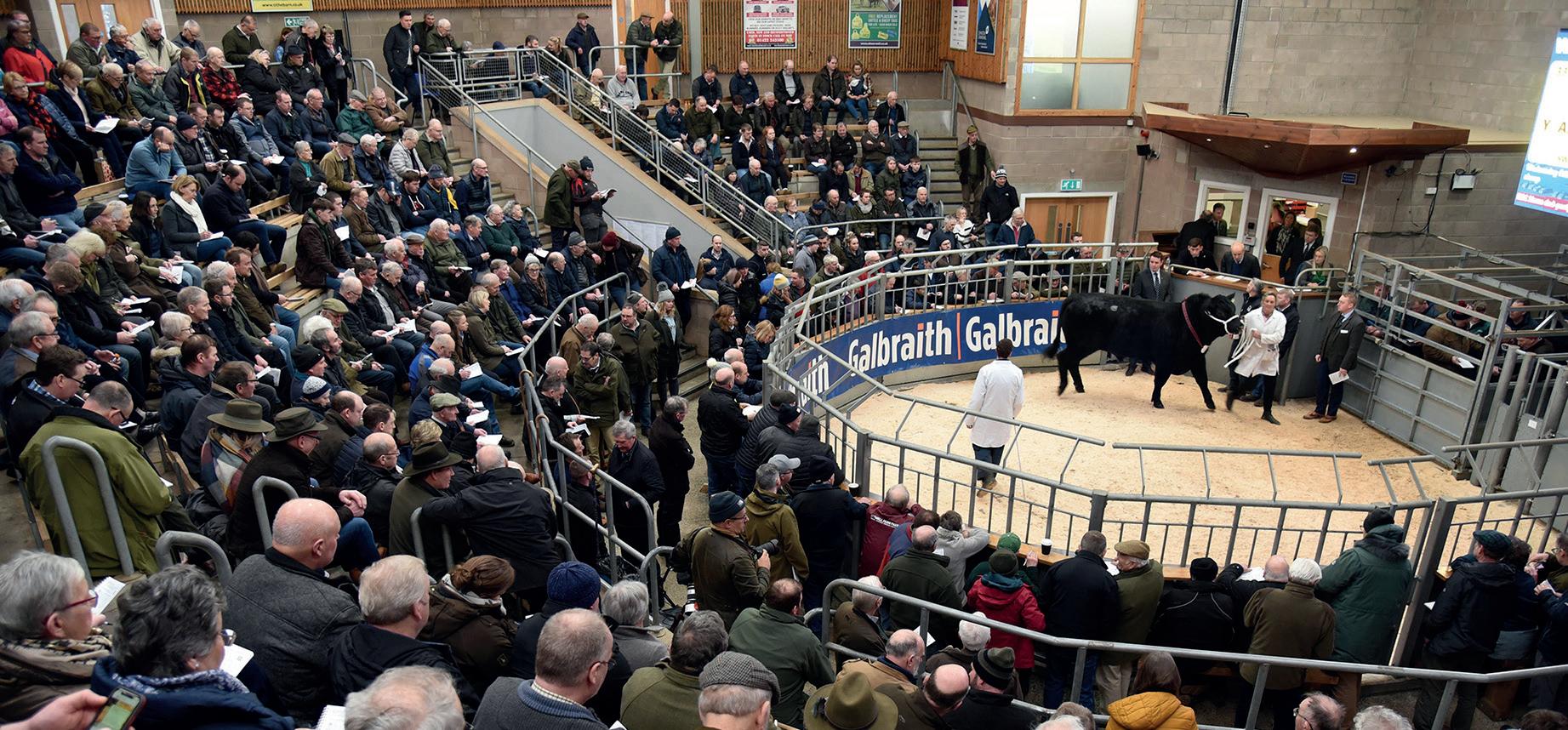
■ Aberdeen-Angus: Hugh Thomson, Insch
■ Beef Shorthorn: Phil Halhead, Cockerham
■ Charolais: Andrew Clark, Carluke
■ Limousin: Walter Cruikshank, Inverness
■ Salers: Archie Roberts, Worcester
■ Simmental: Neil McIlwaine, Newtownstewart
MORE INFORMATION
For a full programme and catalogues, visit: uagroup.co.uk
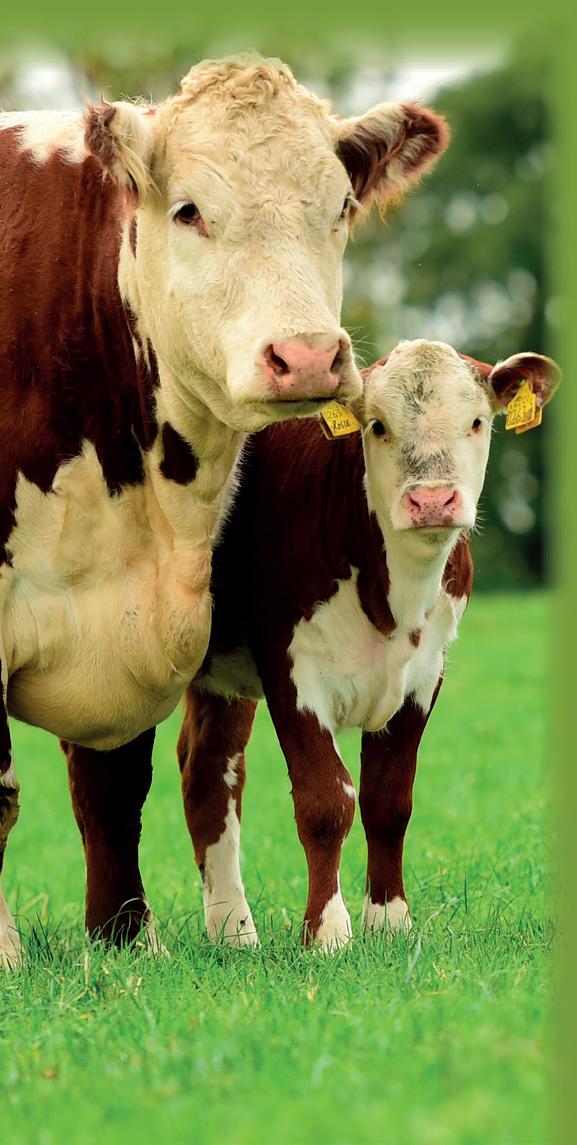
DURING the bull sales, United Auctions will facilitate an event focusing on the role of collaboration within Scotland’s agricultural industry.

The invitation-only event will bring together farmers and leading figures in agriculture, primary food production and land management across Scotland and will include key stakeholders of the newly formed Food and Agriculture Stakeholder Taskforce (FAST), which aims to improve cross-industry and crosssector collaboration.
Neil Wilson, chair of FAST and executive director at the Institute of Auctioneers and Appraisers in Scotland, says: “FAST was initially set up by organisations across the agricultural sector to establish a collective voice to challenge and make Scottish Government accountable as it developed future agricultural policy. The main objective is to create mutual understanding between policymakers
in Scottish Government and those on the ground to help avoid unintended consequences.”
George Purves, managing director of United Auctions, adds: “The auction market has always been a central hub for livestock and agri-commerce, providing a vital space for both business and social interaction. As farming becomes more isolated, this role has only grown in importance. Our markets serve as crucial points for conducting business, sharing information and building connections. By collaborating closely, we can strengthen relationships and create a more sustainable future for the agricultural industry. This event provides an excellent platform for discussing how we can continue fostering these connections and ensure the industry’s success amid current challenges.”




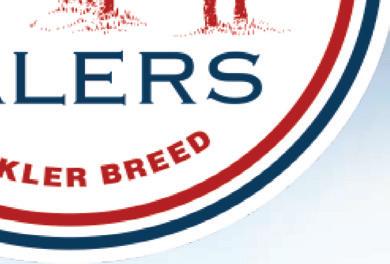
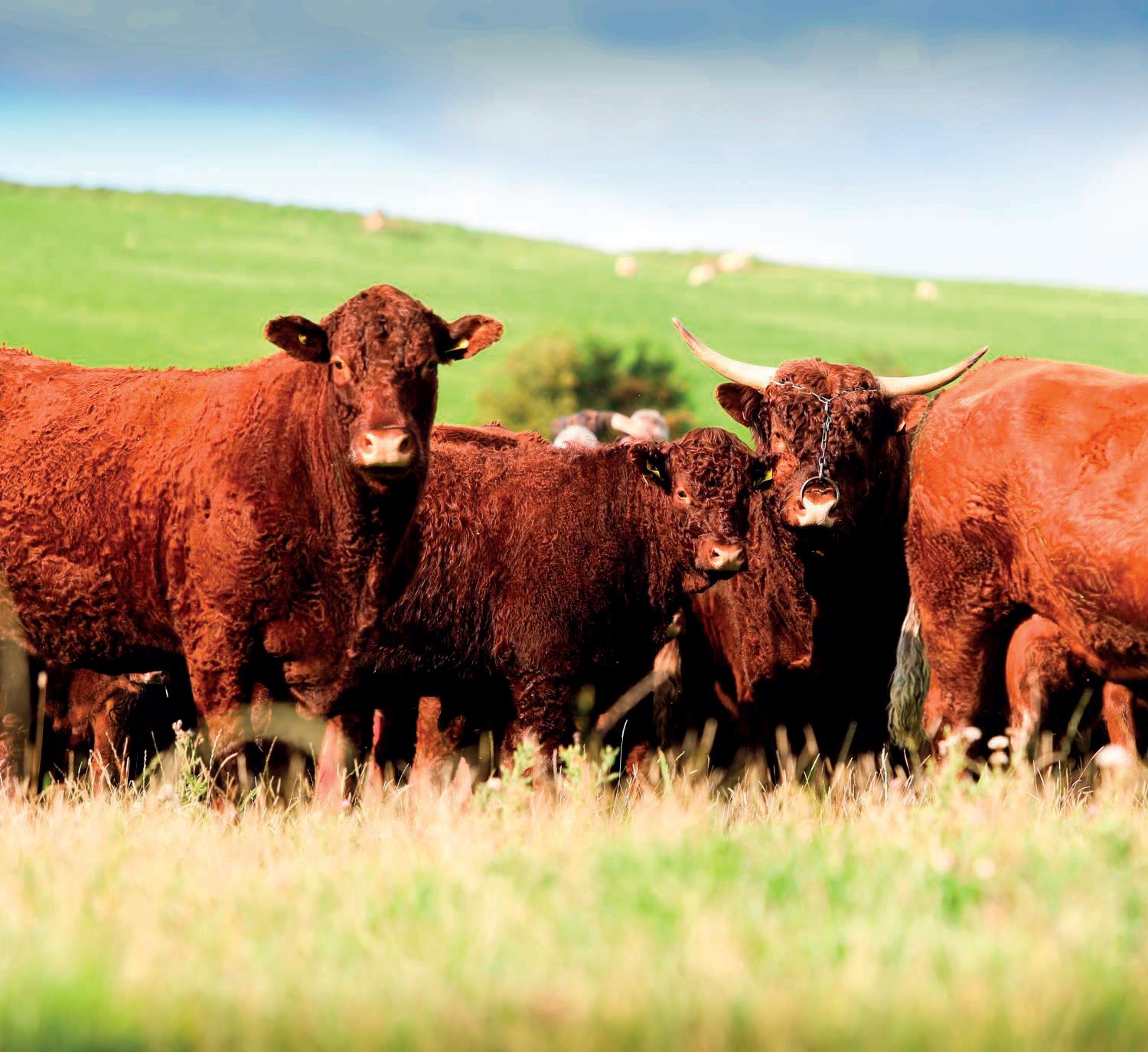
Office: 01325 464529
E: info@dfam.co.uk
The Darlington Farmers Auction Mart Humbleton Park | Darlington | DL2 2XX
Saturday 12th October
Autumn collective sale of tractors, implements and machinery.
Small tools 9.30am. Field items 10am. See website and Facebook for full details..
Monday 21st October
“Great Annual” Show & Sale of suckled calves. Under 12 months of age only (Photo 2023 Champion from N Swinbank)

Monday 28th October
Special Show & Sale of forward cattle. Over 12 months of age only
Tuesday 29th October
Sale of breeding sheep plus 4th sale of breeding rams. *MV Section in place*
Monday 11th November
“Special Backend” Show and Sale of suckled calves.
Wednesday 4th December
Christmas Prime Cattle and Lamb show & DfAM Christmas Fayre
Thursday 5th December
Christmas Prime Sale
MONDAY Green Market
9.00am: Prime Pigs & Cast Sows
9.30am: Cast Cows, OTM Cattle, Stock Bulls
10.30am Sale of Store Sheep
11am: Breeding Cattle (followed by) Young Bulls, Store Steers & Heifers

THURSDAY Red market
9.30am: Prime Bulls
10.30am: Prime Clean Cattle
1.00pm: Prime Lambs & Hoggs 3.00pm: Cast Ewes & Rams


Scott Ferrie Auctioneer 07557 260653 | Oliver Chapman Auctioneer 07887 653442
John Wharton Auctioneer 07912 946549
Megan Dowson Trainee Auctioneer 07471 823606
Tracey Gilhespy Fieldsperson 07867 974688
Stephen Dodsworth Fieldsperson 07946 514154 | Office 01325 464529






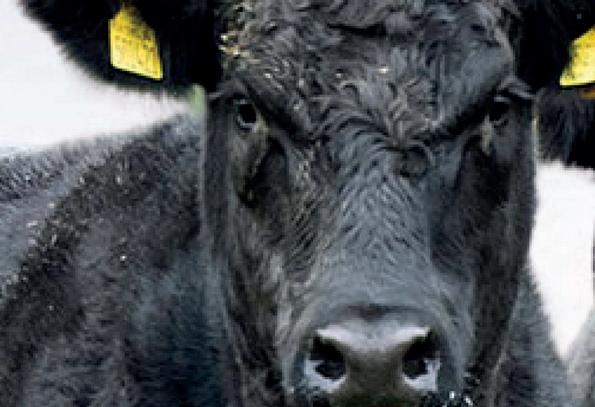
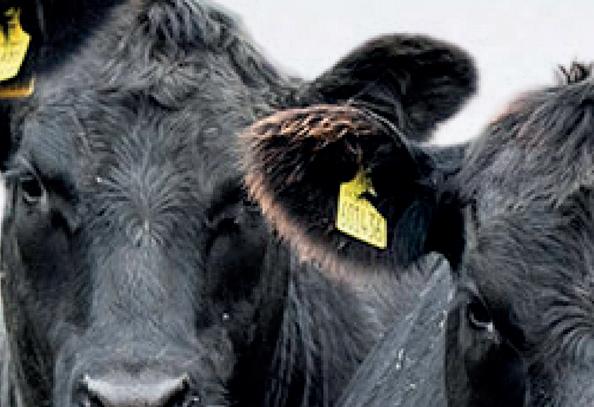

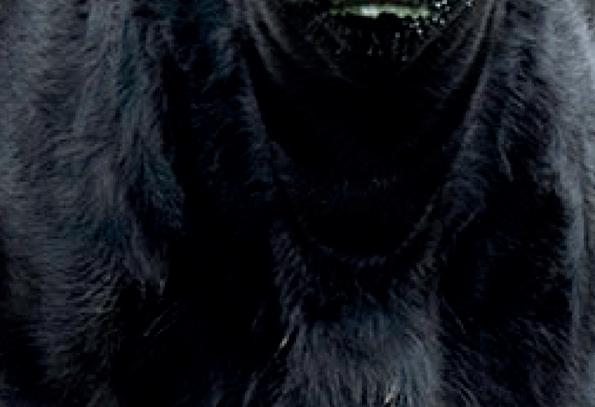






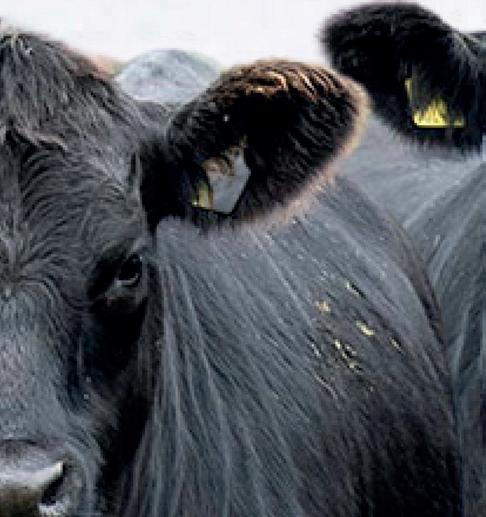
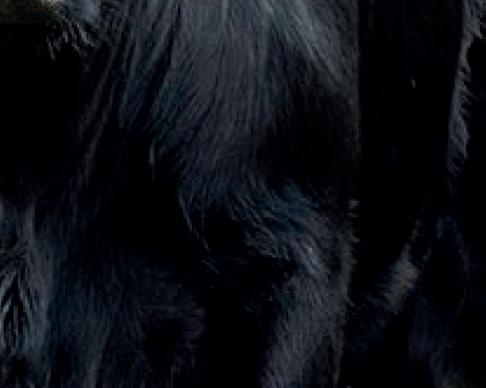





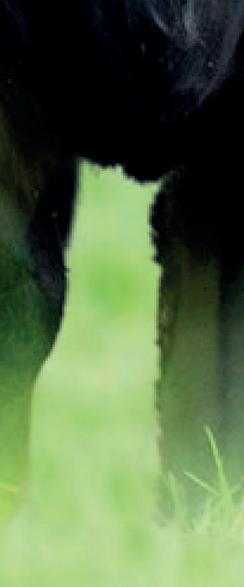











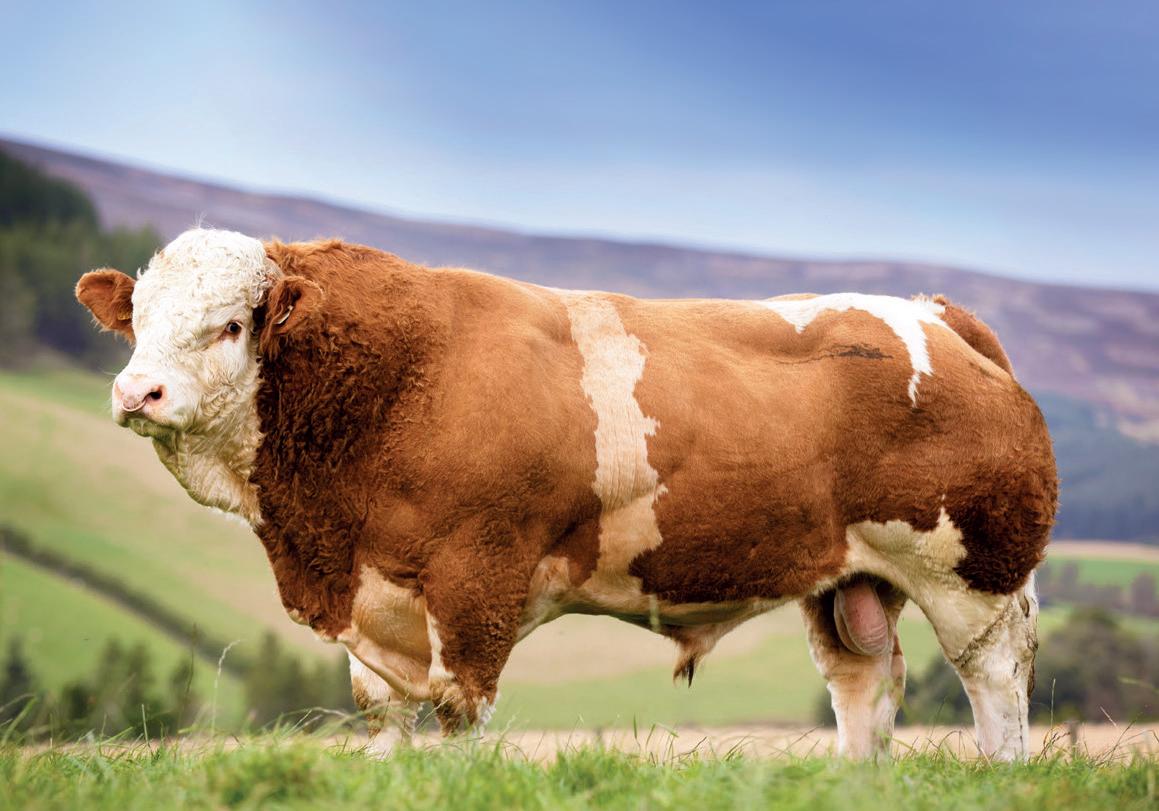
THURSDAY 17TH OCTOBER 2024
A Sale of Autumn & Spring born Suckled Calves
BLUE GENES SATURDAY 6TH MARCH 2021 SHOW & SALE OF 29 PEDIGREE BRITISH BLUE BULLS AND HEFIERS, inc EMBRYO PACKAGES from leading herds inc Barleyclose, Delhorn, Graymar, Littlewood, Newpole, Old Stackyard, St Clements, Stoneleigh, Trencrom, Ty Isaf, Ruthall. Also 3 PEDIGREE LIMOUSIN BULLS from Dinmore & Twemlows Herds AT SHREWSBURY AUCTION CENTRE SY4 3DR Show at 9.00am - Sale at 11am 01743 462620 (Shrewsbury) market@hallsgb.com
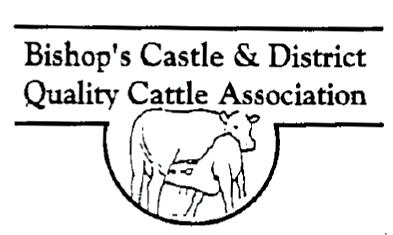
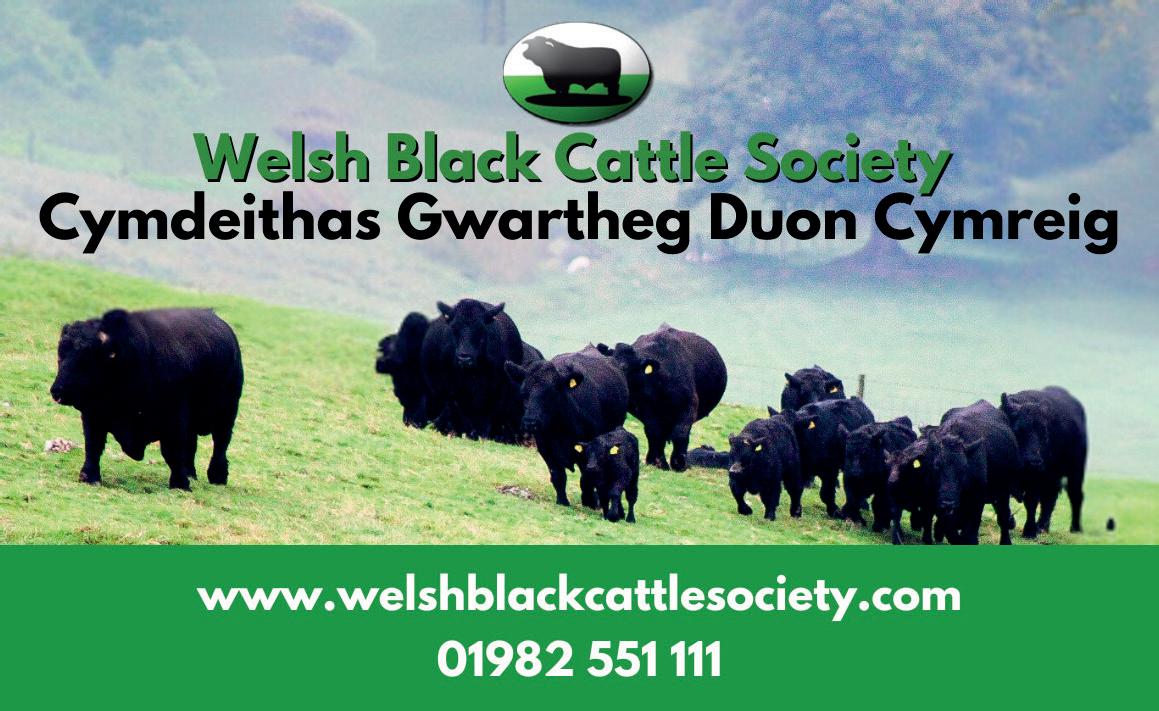


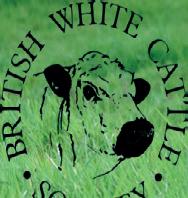



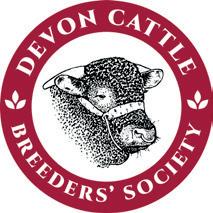

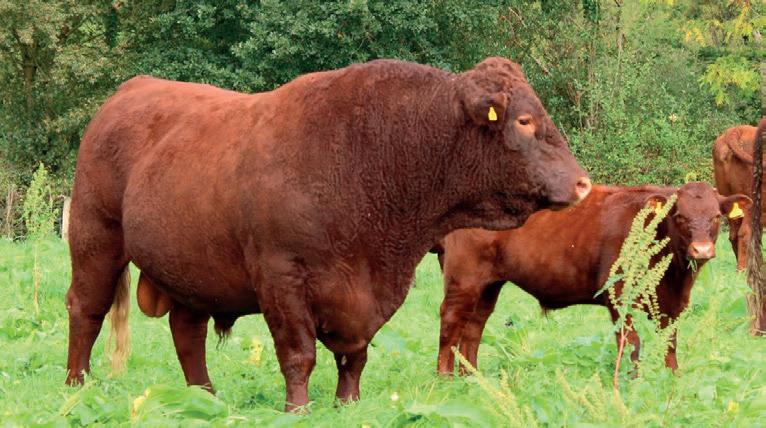

















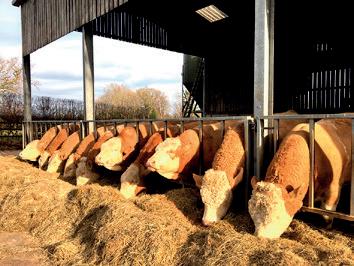
Easy Calving, Good temperament. Johnes & BVD accredited, lepto vaccinated. Ready for work, Herd never had TB. Also pedigree bulling heifers available
Tel: 01948 770408 Mob: 07714 089001 Malpas, Cheshire

2 - 3 years old. From a long
herd. Good calving record, growth rate & conformation. DNA tested Tel:01952 222134 or 07811 593260
Shropshire (P)
8 Weaned Calves Angus, Blue, Hereford x Tb
Available in suitable batches delivered to most parts of the country Continental Bull and Heifer calves 3-5 weeks old available now.
Quality store cattle sourced directly from Welsh/Shropshire Borders Farms, delivered to your farm. Delivery Nationwide.
Livestock Supplies Ltd
Ashley: 07831 887531 Office: 01829 260328
www.livestocksupplies.co.uk
Five Red and Black Limousin stock bulls

AA ABBERTON ANGUS bulls & heifers,TB1, biobest
elite health 15 years accreditation IBR, BVD, Lepto Johnes - Tel: 01386 462534 or 07592 798555 abbertonaberdeenangus.co.uk
Quality, home-bred Limousin British Blue young cows with Lim x and BB x calves Also two excellent Lim x Eager for work, all TB tested and ready ALWAYS NEGATIVE Wilf Lomas - 01606 or 07769704628

An Independent Team of Vets, Vet Tec & Foot Trimmers.
An Independent Team of Vets, Vet Technicians & Foot Trimmers.
An Independent Team of Vets, Vet Technicians & Foot Trimmers.
An Independent Team of Vets, Vet Technician & Foot Trimmers.
An Independent Team of Vets, Vet Technicians & Foot Trimmers
An Independent Team of Vets, Vet Technicians & Foot Trimmers.
An Independent Team of Vets, Vet Technicians & Foot Trimmers.
TB4 area. Younger bulls also available
Delivering Veterinary Services for Livestock in Dorset, Somerset and Wiltshire.
Delivering Veterinary Services for Livestock in Dorset, Somerset and Wiltshire.
Tel Edward: 07770 457453 N. Yorkshire (P)
Delivering Veterinary Services for Livestock in Dorset, Somerset and Wiltshire.
Delivering Veterinary Services for Livestock in Dorset, Somerset and Wiltshire
Collection points for livestock medicine supplies at:
From the Roundhill fold. Well bred. Outdoor reared at 1000ft. 1-4 years old. Can deliver. Phone for more details
Tel: 01706 216491 Mob: 07855 530221 Lancs (P)

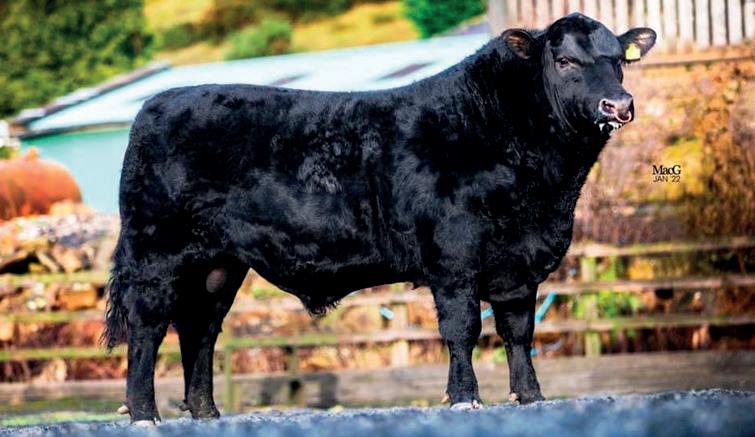
Have a great selection of 2023 born 12-16 month old pedigree bulls for sale. SAC Hi-Health Member
Tested free of Johnes, BVD, IBR, Lepto, TB 4
Semen Tested, Performance recorded Nationwide Delivery Available Kurt – 07715 448366 Richard - 07816 173689 Lancs (P)
Collection points for livestock medicines and supplies at:
West Stour Sherborne Shaftesbury
West Stour Sherborne Shaftesbury
Sturminster Ne Blandford Closworth
better purchasing decisions
Delivering Veterinary Services for Livestock i Dorset, Somerset and Wiltshire.
| June 29, 2018 60
Delivering Veterinary Services for Lives Dorset, Somerset and Wiltshire.
Delivering Veterinary Services for Livestock in Dorset, Somerset and Wiltshire
Collection points for
Collection points for livestock med
Collection points for livestock medicines and
Collection points for livestoc
Sturminster Newton Blandford Closworth

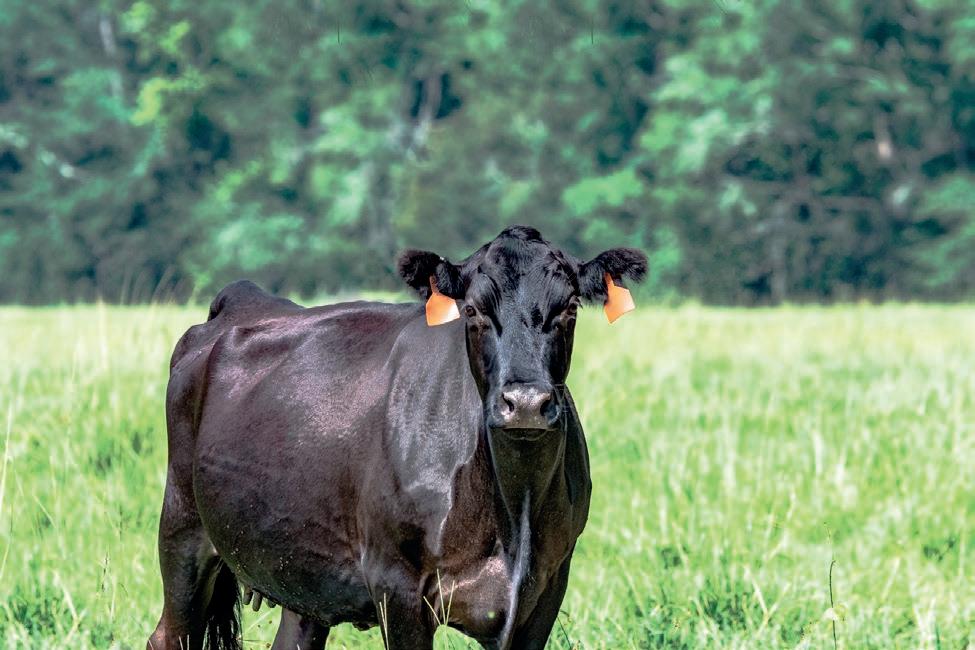

Ready to work, delivered direct to your farm, very quiet, easy calving. Females available. Health monitored, grass fed, full pedigree with each animal, Red tractor. Semen Available.
• Fertility Tested
• SAC Premium Health Scheme
• From Top Bloodlines •Closed herd Telephone: 077157 64351




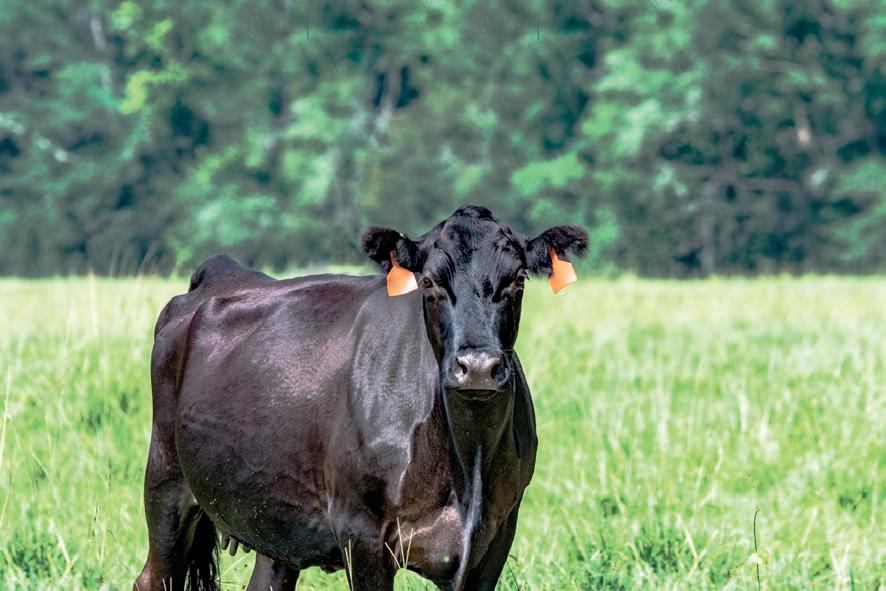











Adler Captive Bolt Stunner just £215 + VAT

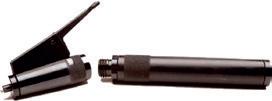
Stunner Package - Stunner, 100 Blanks, Carriage... just £249 + VAT
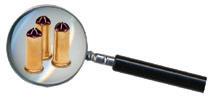
Please email your order to sales@raytradeuk.co.uk and we’ll contact you for payment. Further information on Humane Slaughter products can be found at www.raytradeuk.co.uk/humane-slaughter If you have any other questions or wish to make a payment over the telephone please call us on 01635 253344
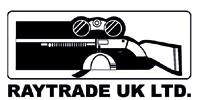






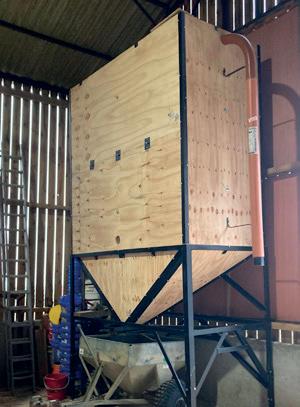











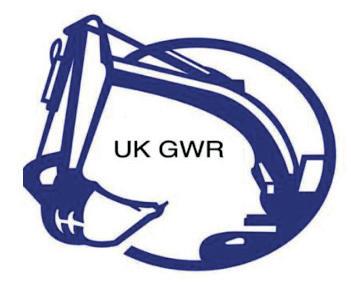





















•
•
•







































































































































































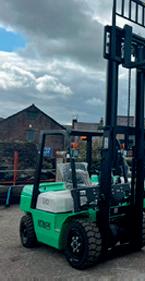

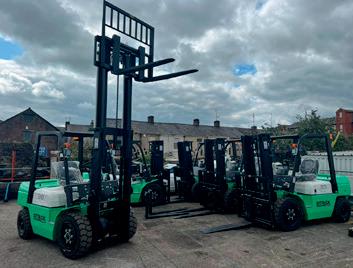






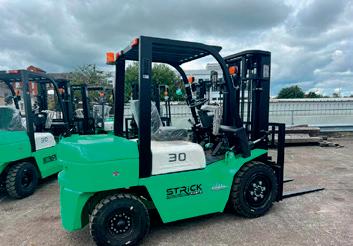
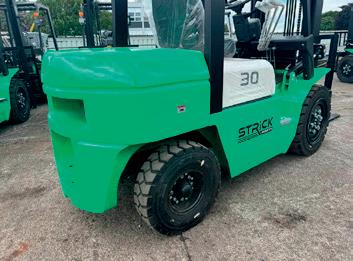



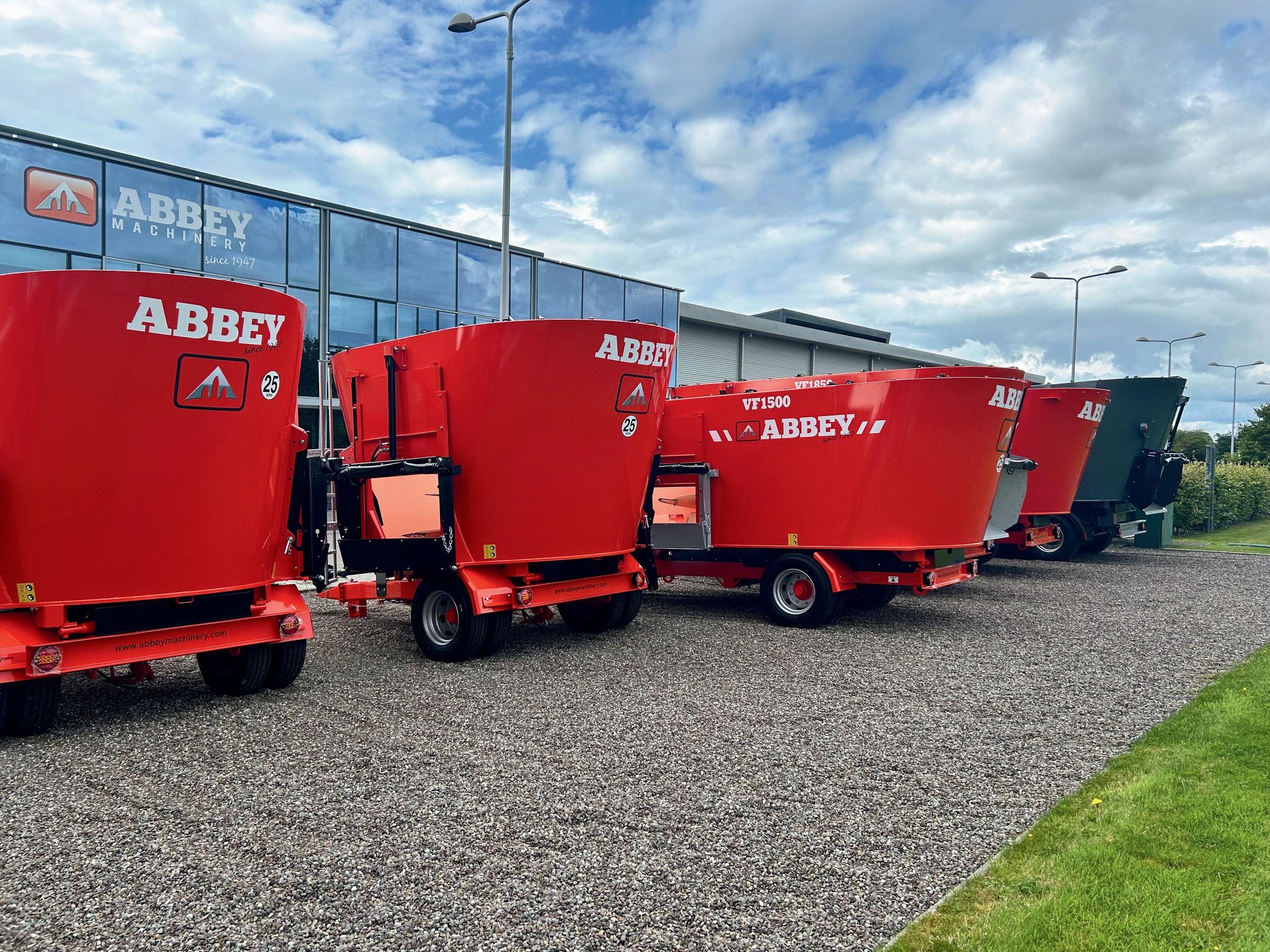





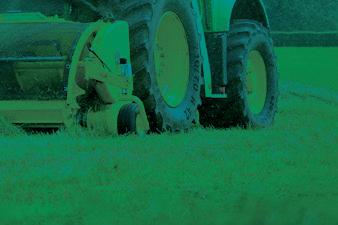
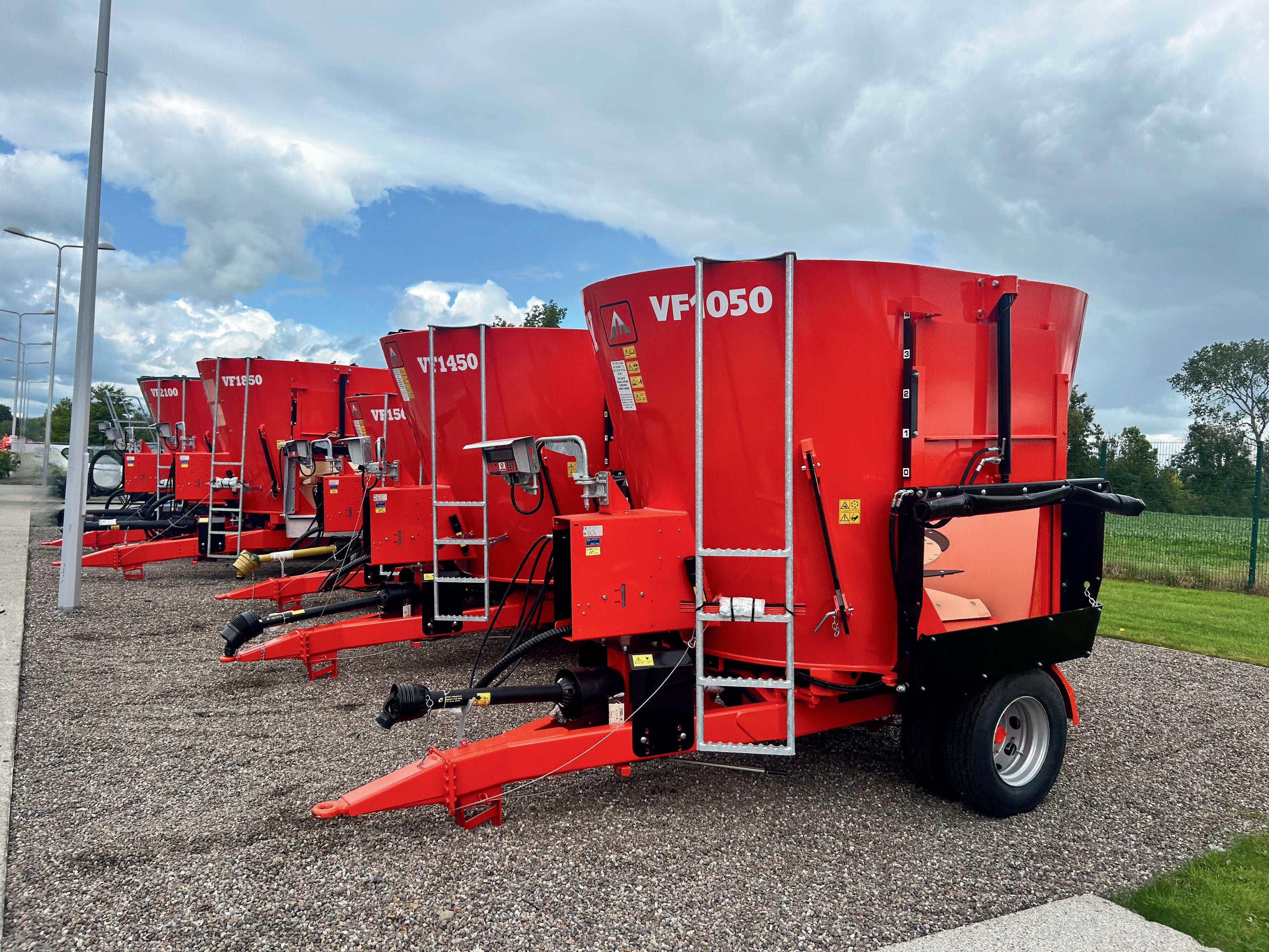
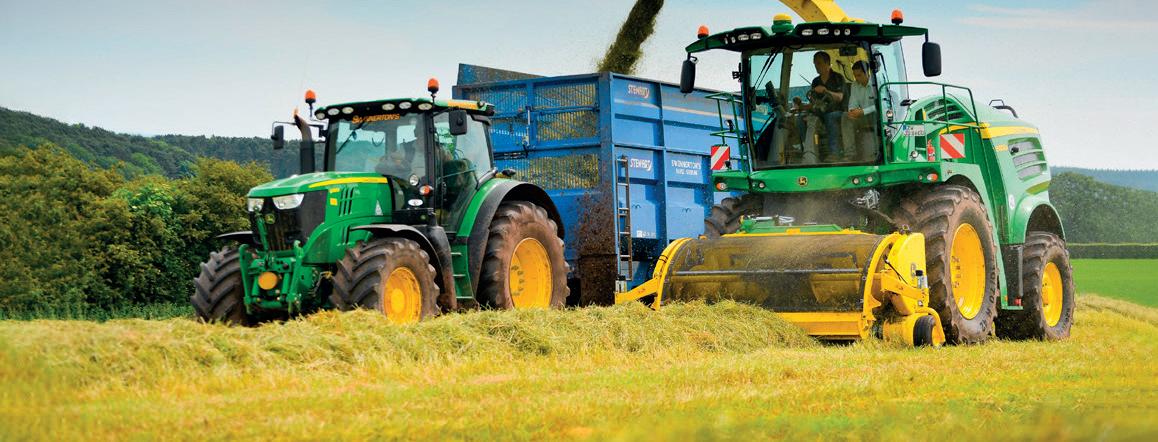


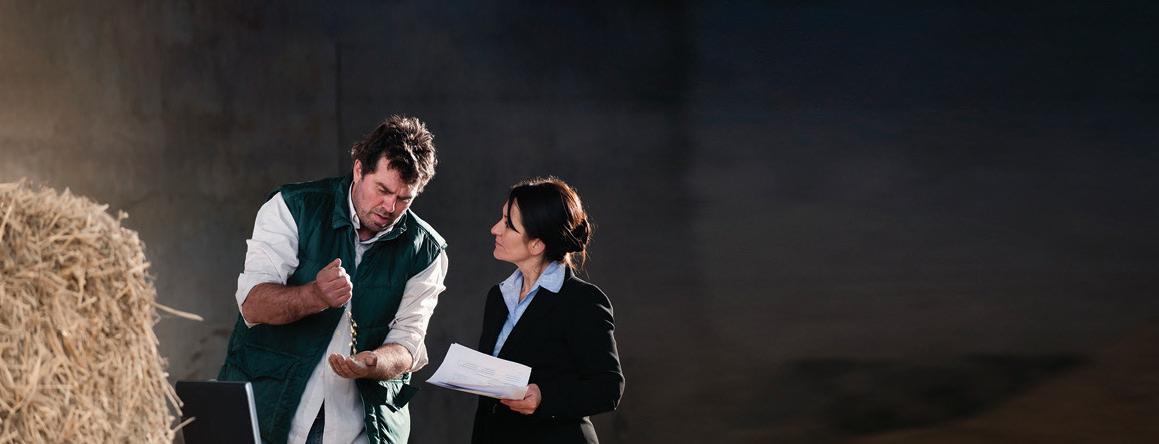
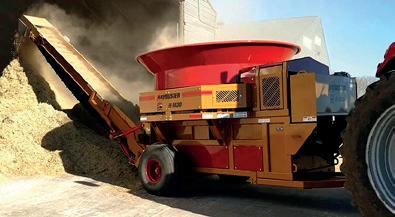
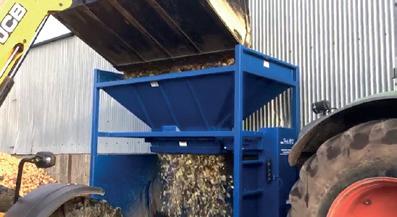


Tub Grinders
- Exclusive UK Distributor of Haybuster & Rotogrind Grinders.
- Range of models from 5t - 25t / hour output.
- New, used & refurbished machines available.
- Ideal for straw, hay, green waste, roots, biogas feeds etc.
Root Choppers & Cleaners
- Loader, 3 point linkage, free standing PTO and electric drive available
- UK Distributor of VDW range of choppers, cleaners & feed dispensing equipment
- Output from 10t/hour to over 120t/hour available
Diet Feeders
- Largest stock of mixers in the UKover 50 machines in current stock
- Refurbished, used & nearly new units available
- New Mini Mixer available
- Diet feeder parts available- Blades, Conveyor belts, gearboxes, weigh cells.
- All feeders undergo 30 point service
- Finance available subject to terms
- Nationwide delivery available

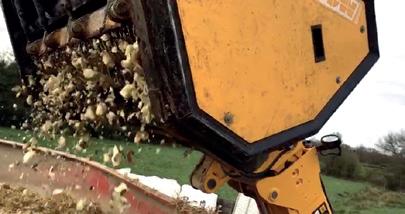

Current Used Stock: Trioliet 8, 12, 14, 20
Strautmann 14, 20
BvL 15, 17, 20, 24
JF Kongskilde 12,14, 22
Kverneland / Siloking 14, 16,18,22
Please visit www.enegis.co.uk for more photos or call 01789 205132 or 07721 442979 Used Diet Feeders always wanted
Keenan 10, 14, 16, 20, 24
Shelbourne 11, 22, CB150 bedder
Hi Spec 14 x 2, 16
Redrock 20
Seko Samaurai 14
Rotogrind x 4
Teagle C12 grinder
Farmhand 880
Profi freestanding root chopper x 3 VDW root bucket RS1800
Breaking for parts -Trioliet 28, Shelbourne 11, 13, 19, Abbey 1500, Strautmann 1250, Siloking 22,





